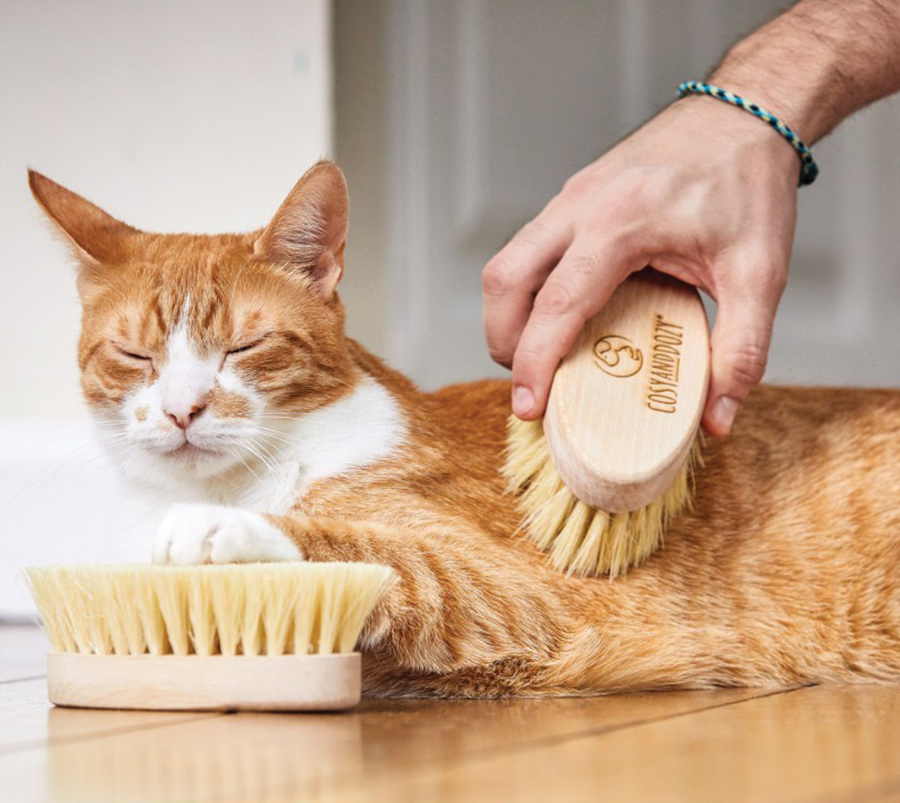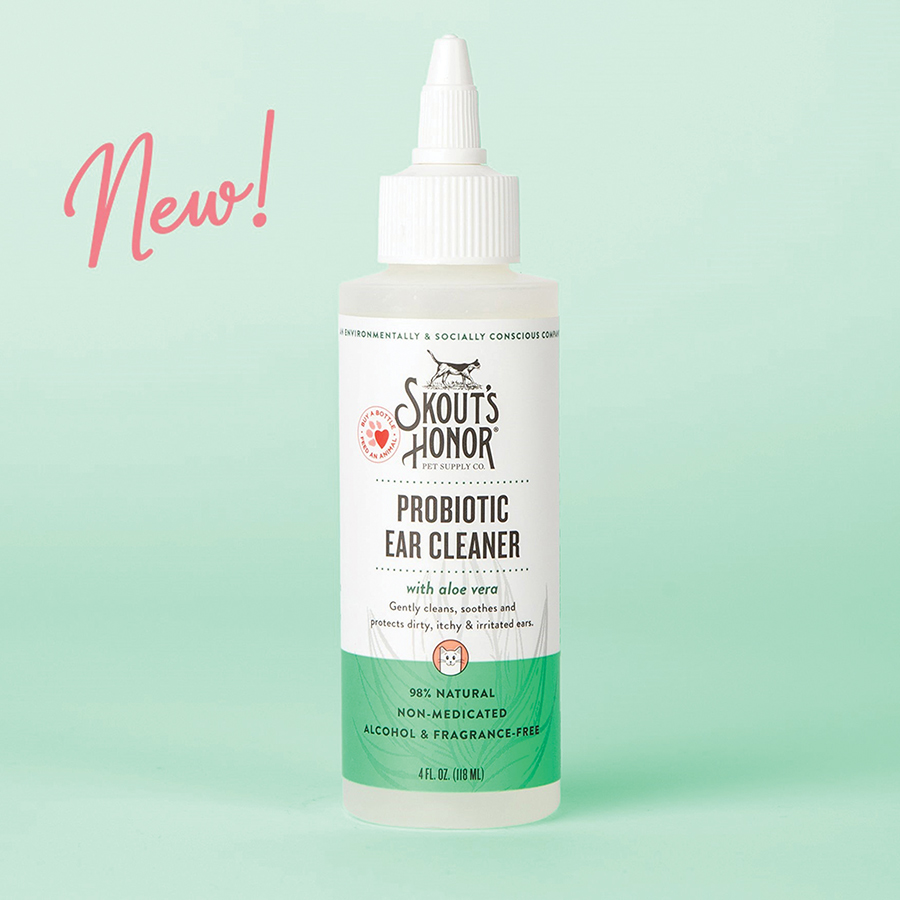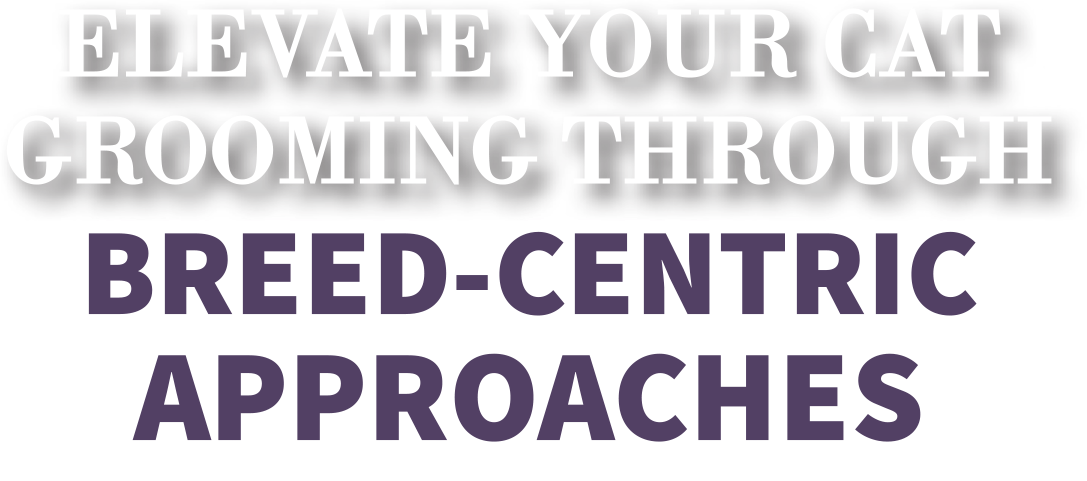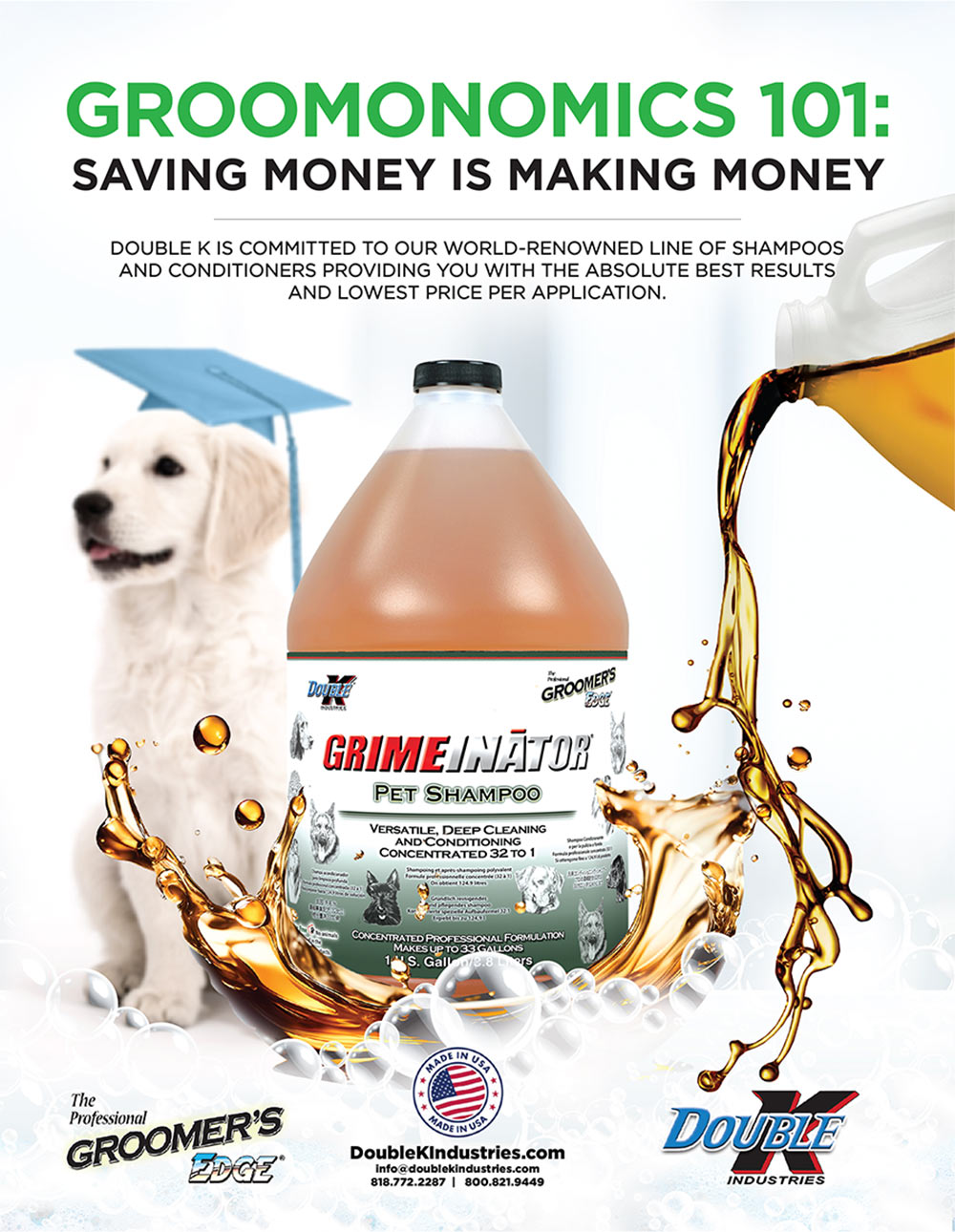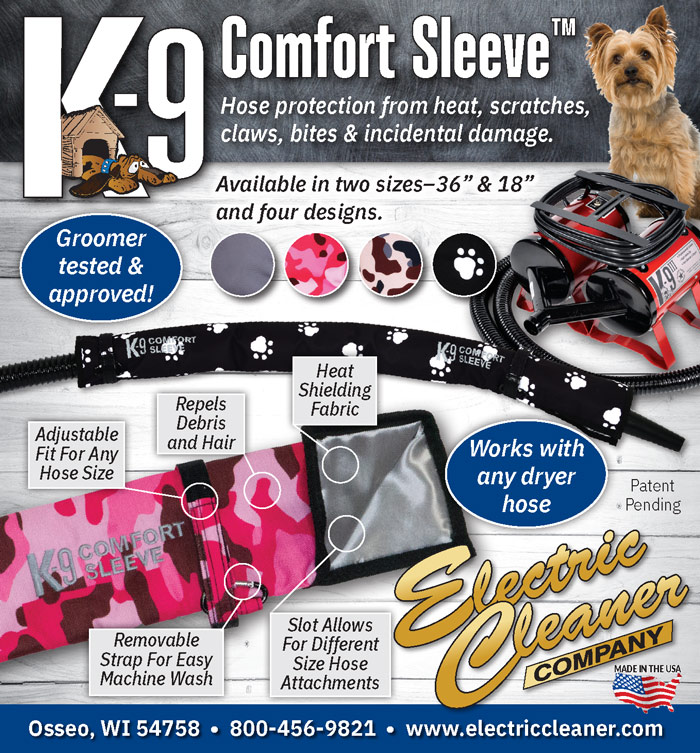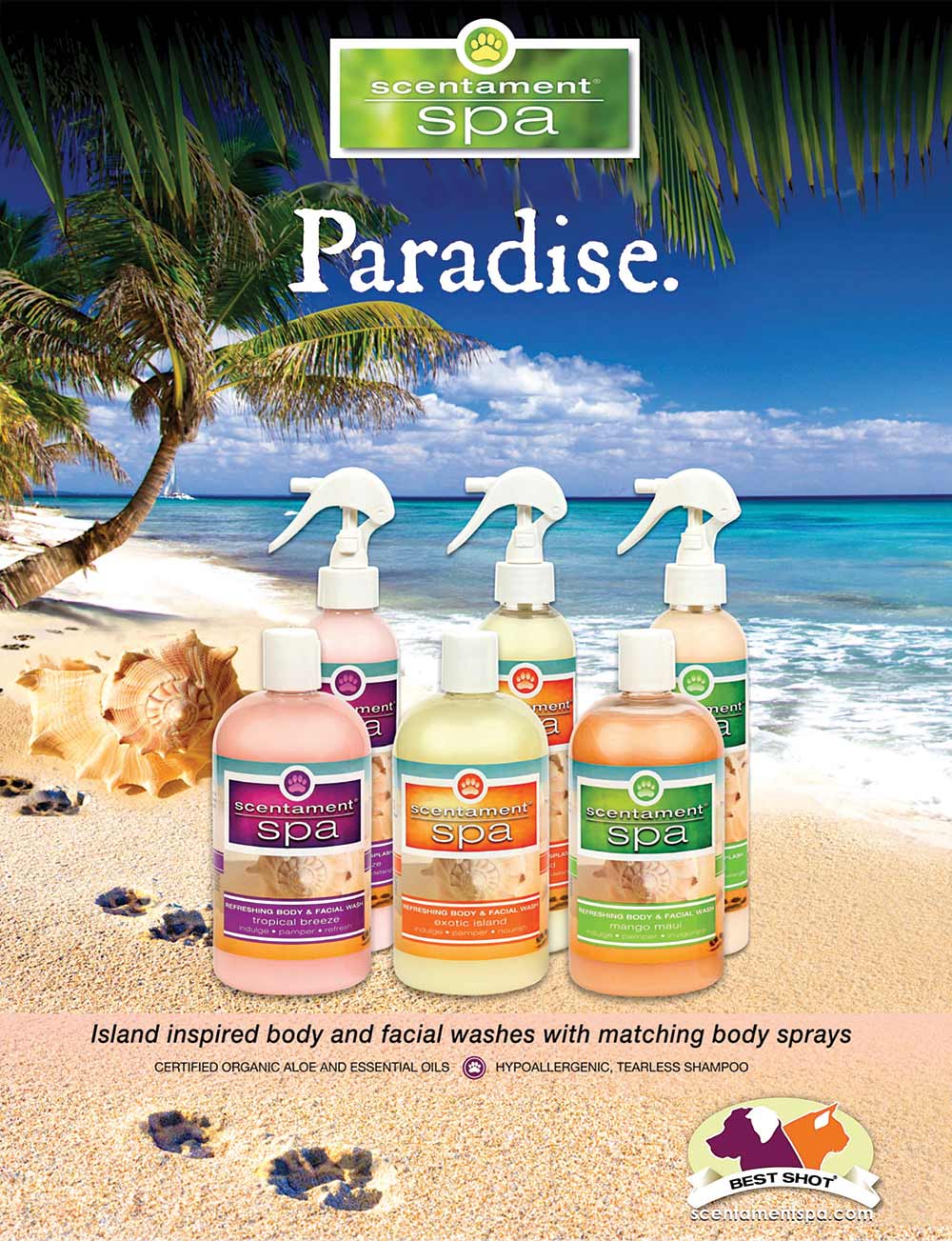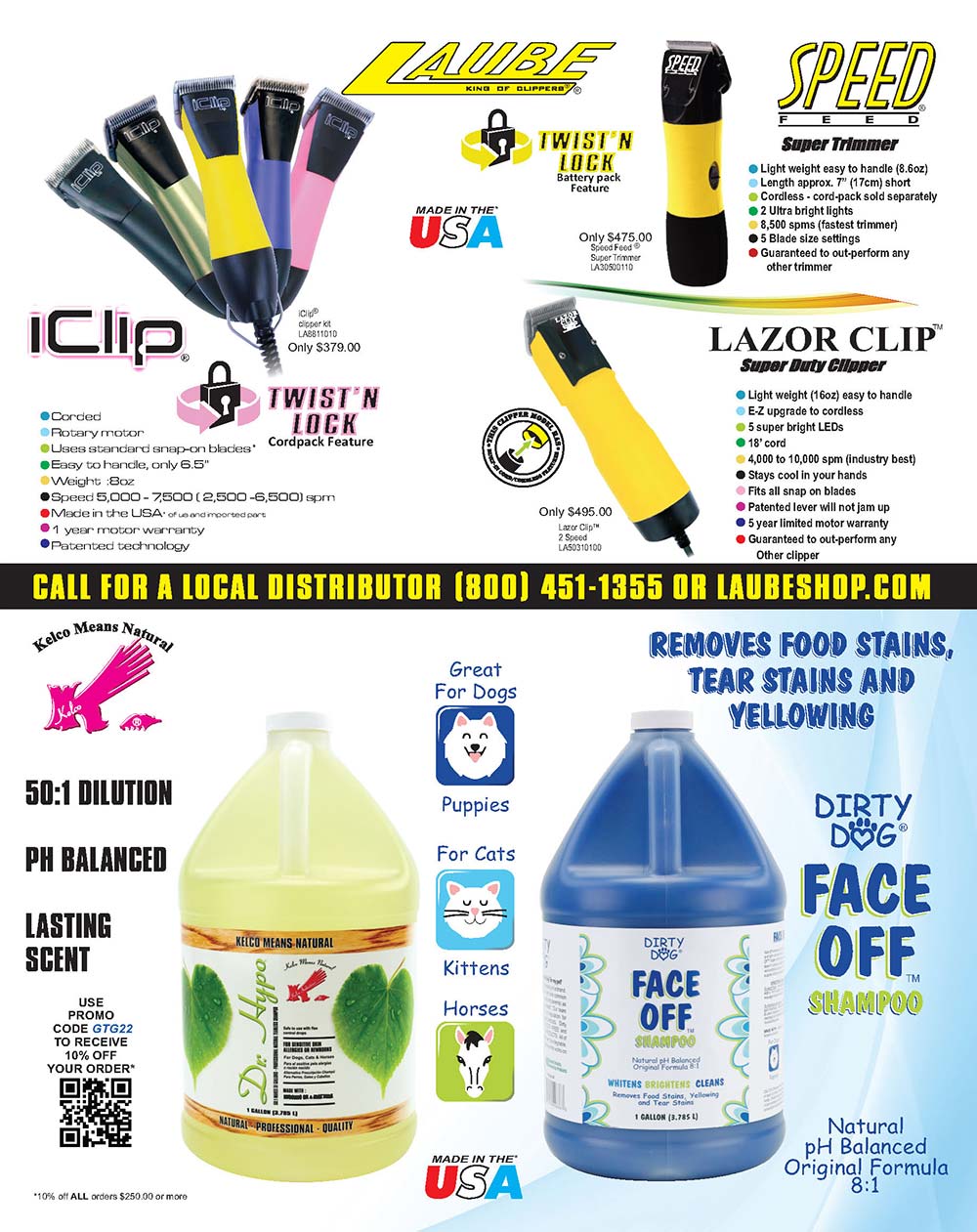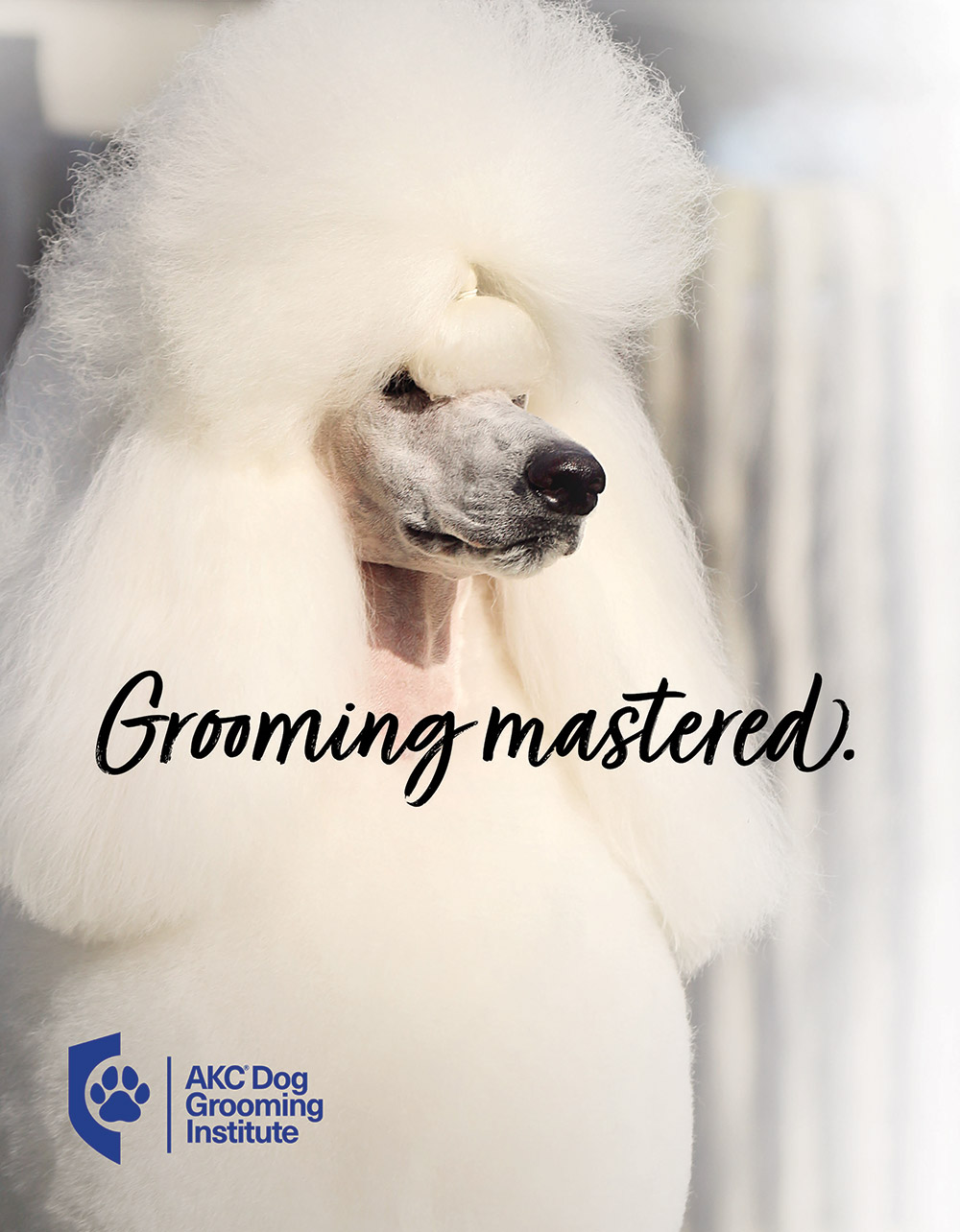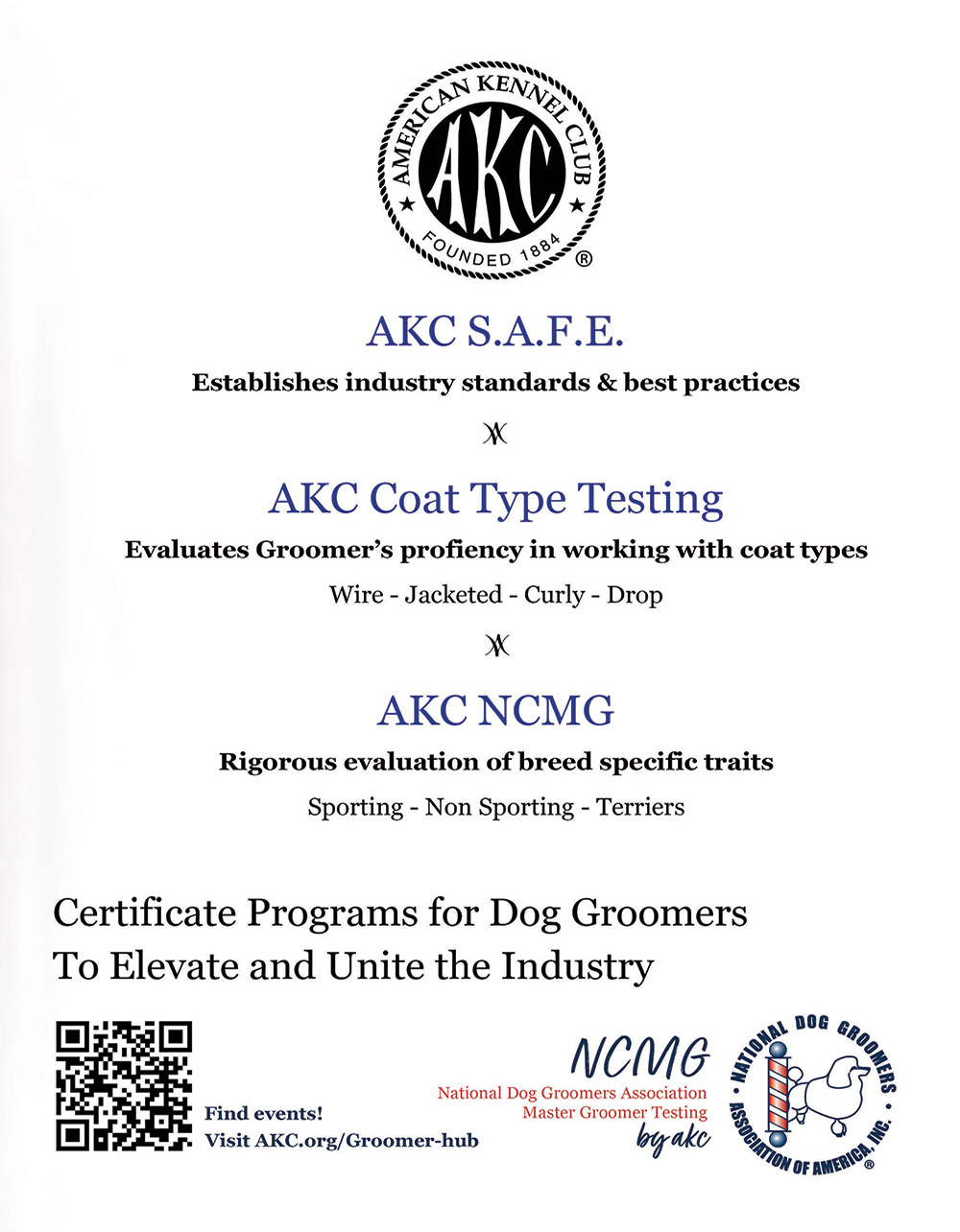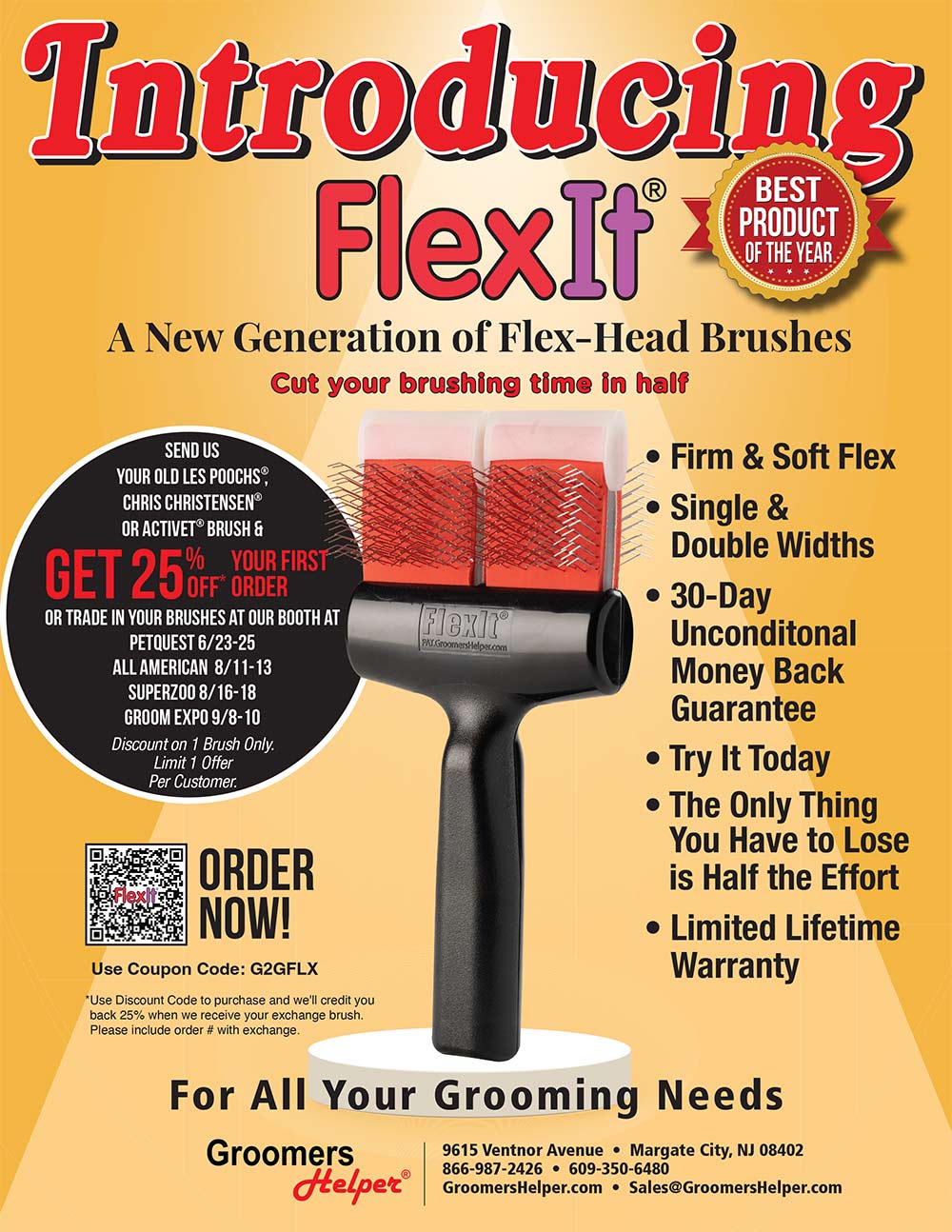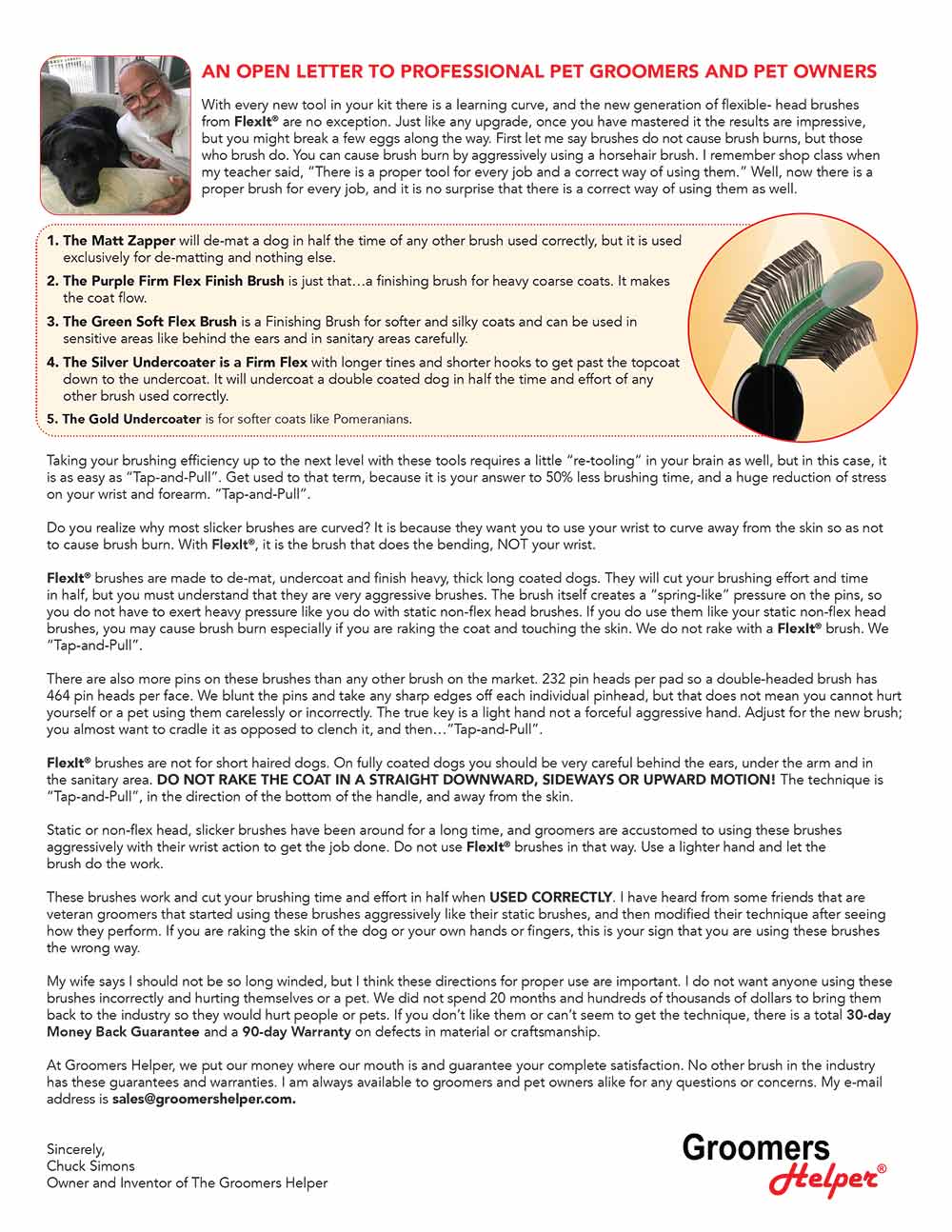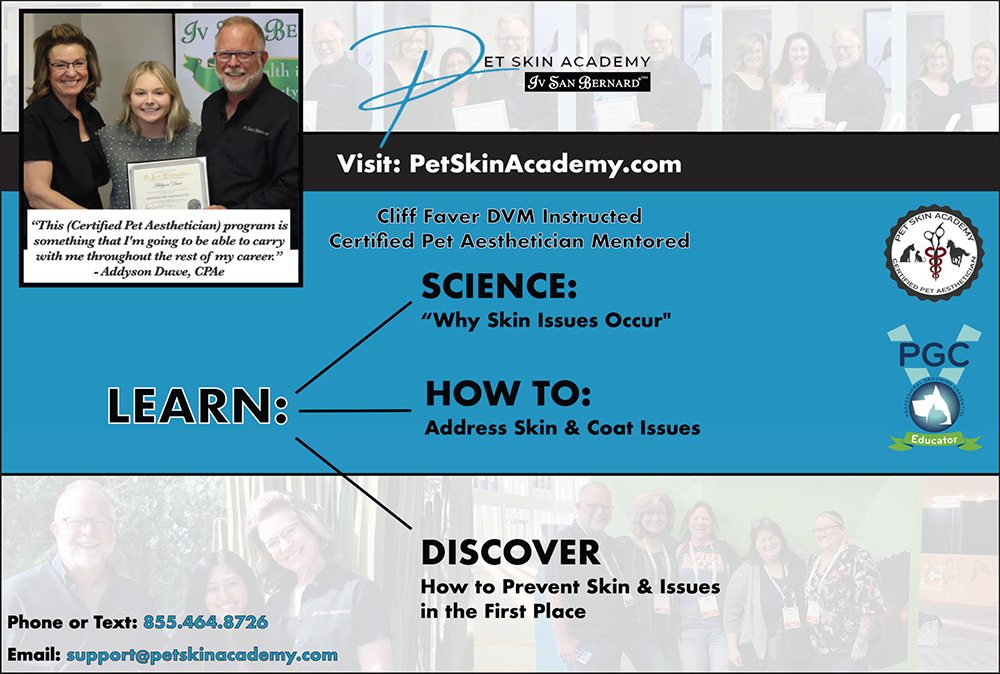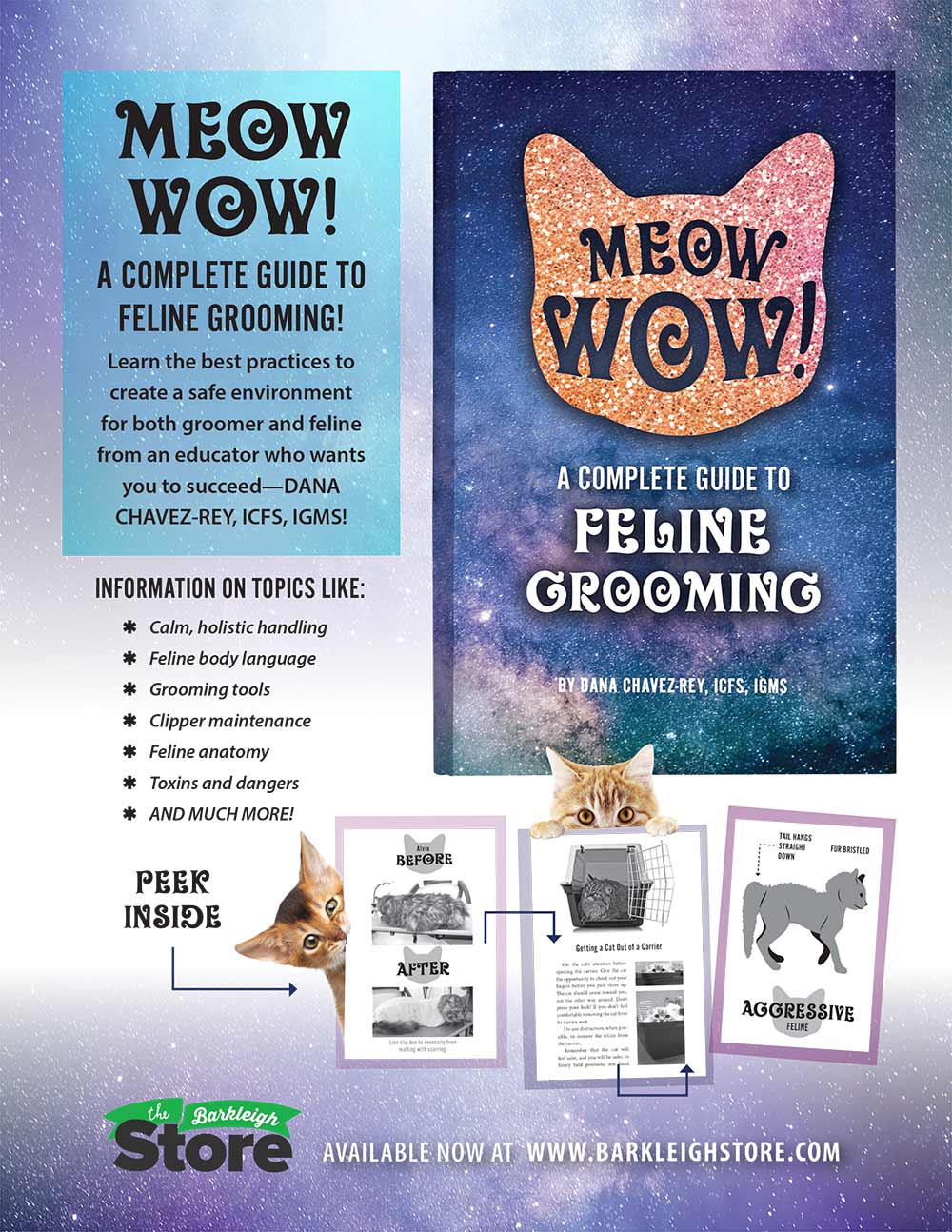Contents | NOVEMBER 2023
ALSO INSIDE
todd@barkleigh.com
adam@barkleigh.com
gwen@barkleigh.com
rebecca@barkleigh.com
luke@barkleigh.com
laura@barkleigh.com
brandi@barkleigh.com
carlee@barkleigh.com
evan@barkleigh.com
cassidy@barkleigh.com
allison@barkleigh.com
james@barkleigh.com
karin@barkleigh.com
britany@barkleigh.com
Daryl Conner
Jonathan David
Dr. Cliff Faver
Blake Hernandez
ALSO INSIDE
ON THE COVER

Owner of Whisker Tales Cat Grooming
Photo by Nichole Taylor
it’s advertisers for their continued support.
- American Kennel Club34
- Andis2
- Animal Photography49
- Animals Ink26
- Artero17
- Bandanas Unlimited36
- Barkleigh - Text Alerts48
- Barkleigh Pet Pro Cruise4
- Barkleigh Pet Pro Cruise59
- Barkleigh Store - Apparel37
- Barkleigh Store - Feline Grooming65
- Barkleigh Store - Forms45
- Barkleigh Store - Holistic Grooming61
- Barkleigh Store - Kennels44
- bBold Shears58
- Best Shot13
- Bio-Groom51
- Campbell Pet Company53
- Clark Cages22
- Cool Dog Wash Tubs30
- Cosmos Bathing Systems29
- Direct Animal Products21
- Dog Lovers Towel52
- Double K Industries3
- Electric Cleaner Company8
- Evolution Shears20
- Glomarr33
- Groomer's Best47
- Groomer's Choice14
- Groomers Helper38
- Groomers Mart56
- Laube23
- MetroVac7
- Pet Biz Insurance57
- Pet Lift15
- Pet Skin Academy43
- Precision Sharp25
- Puppy Playground58
- Quadruped Pet Care19
- Ryan's Pet Supplies68
- Ryan's Pet SuppliesDigital Only
- Shor-Line31
- Tool Klean9
- Wag'n Tails27

 ats are extraordinary in many ways, but when it comes to hair and skin, do we need to do things differently with cats? We often want to look at each animal as unique, but there are more similarities than differences.
ats are extraordinary in many ways, but when it comes to hair and skin, do we need to do things differently with cats? We often want to look at each animal as unique, but there are more similarities than differences.
One of the most unique things about a cat is that their liver cannot process many drugs/toxins like a dog or a human can. We must be very aware of what cats may be sensitive to because it may take longer to work through their system. An example would be aspirin with cats. In vet school, we were told if you gave aspirin to a cat, you would kill them. But as more research was done, we found that we could give them a lower dose less frequently, and they did fine with it.
On the groomer side, many consider d-limonene fatal, but just like aspirin, it is about dosage and timing. There have been cases where d-limonene at six percent in a dog flea and tick product was used on a cat, and it passed. The worst a cat may see at a lower dose is slight nausea, drool or occasional vomiting. Many don’t realize that most shampoos and conditioners have small amounts of d-limonene for odor control. Shampoos and conditioners, since they are made of plant material, are not pleasing to the nose, so they need a little help.
Since ingredient lists don’t include amounts, it is next to impossible to evaluate the detriment or safety of products based on the list. Everything we use could be considered a controlled poison; even water can kill you in excess, but adequate amounts are vital for survival. It is always good to be aware of things that are potentially toxic to cats and check with the manufacturer or others who have used a product before mindlessly tying it on cats.

Cats have barbs on their tongue, so unlike dogs, they can comb/brush their hair. This is important for moving the oils through their coat and is why so many cats have such beautiful coats with limited human care. They do have a slightly higher oil production than we see in their canine counterparts. This becomes a problem if, in our grooming process, we strip too much of the oils (degrease) or if the cat has internal issues that cause abnormal sebum production. This will lead to matting, making it harder for cats to groom themselves adequately. These cats often matt severely and quit grooming, leading to the skin becoming excessively greasy. The natural response to this is to degrease the cat when it reaches this point, but this is the opposite of what we need to do.
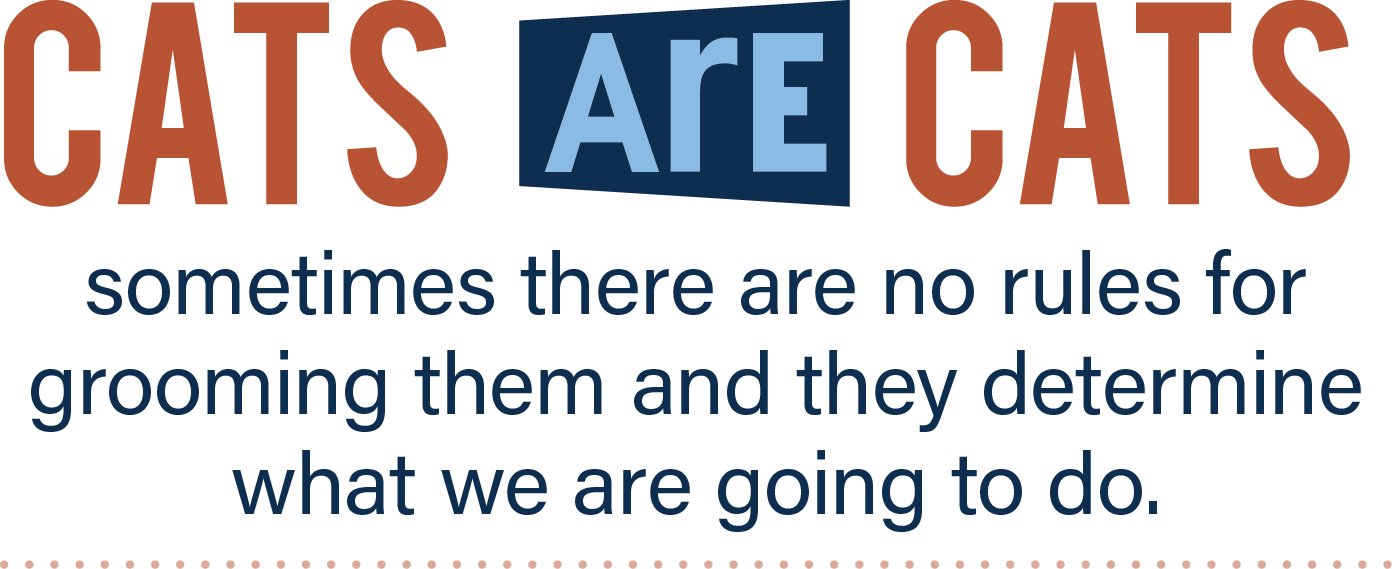
A cat’s denser coat is also helpful because it makes them less prone to ticks, fleas, allergies, trauma and temperature changes, if we maintain their coats appropriately. Maintaining the coat can be challenging at times because a cat’s personality plays a significant role in the level of care we can provide. They are usually not trained or asked to do anything in the home environment, so grooming is a new experience. Many love the process, while others, at best, tolerate it.
- You only have a limited amount of time to complete the groom. So when they are done, typically you are done, too.
- Less restraint is better with cats. They want to be in charge, and if they feel like they are losing control, you may have a cat from hell on your hands.
- Do not degrease cats. Without their natural oils, it is tough for a cat to groom naturally, and it often ends in matting and shaving down.
- Like other animals, a cat’s skin cycle is 21 days, so optimal grooming should be done every three to four weeks.
- Cats are solitary animals, so other cats in the grooming area can be a source of stress/fear.
- I highly recommend Feliway aerosolizers in every room a cat will be in. It is also a good idea to have the owner spray down their carriers with Feliway spray the night before to keep the cats calm on the ride to the salon.
- It is best to have a separate holding and grooming room for cats. Cats have a perfect sense of pheromones and stress levels. If they are in the same room with dogs that have had their anal glands expressed (considered a stress response in dogs), exuding stress pheromones, barking, etc., that sounds and smells like a danger to a cat.
- Many groomers that groom a mix of cats and dogs designate a cats-only day (Caturday!) or half day to minimize stress.
- Be sure to work in closed-in areas to control a cat’s movement if it gets away from you.
- Always have tools on-hand to help if a cat becomes a problem—things like gloves, muzzles, EZ nabber, big towels/blankets, etc. The goal is never to use them, but if you need them, you will be glad you have them.
Cats are cats; sometimes there are no rules for grooming them and they determine what we are going to do. However, it is still important to be aware of the differences in this species and do everything we can to keep them healthy, safe and comfortable.
Dr. Cliff Faver graduated with a BS in Biology/BA in Chemistry before getting a Veterinary degree in 1987. He is the past owner of Animal Health Services in Cave Creek, Arizona and now the US distributor for Iv San Bernard products, teaches the ISB Pet Aesthetician Certification program, and speaks internationally on hair and skin. His passion is to merge groomers and veterinarians to aid in helping and healing pets. He is also a member of AVMA, AAHA, AZVMA, Board member with Burbank Kennel Club, and has served on Novartis Lead Committee, Hill’s International Global Veterinary Board, and a Veterinary Management Group.

Photos by NCGI, Nichole Taylor, and Whisker Tales Cat Grooming

 at grooming is so rewarding,” says Debra Norton, Certified Feline Master Groomer and owner of Whisker Tales Cat Grooming in Victoria, British Colombia. “Yes, it’s a job and yes, I get paid for it, but at the end of the day, it’s very gratifying because I know that I’ve helped that cat,” she adds.
at grooming is so rewarding,” says Debra Norton, Certified Feline Master Groomer and owner of Whisker Tales Cat Grooming in Victoria, British Colombia. “Yes, it’s a job and yes, I get paid for it, but at the end of the day, it’s very gratifying because I know that I’ve helped that cat,” she adds.
For more than 30 years, Debra had a career that she loved in the healthcare industry, working in Canada and Saudi Arabia. A lifelong animal lover, Debra also worked in wild animal rescue and rescued cats in Canada and in the Middle East where she lived for 12 years.
“Ten years ago, I had my cat groomed by a CFMG and I asked how she got into grooming. She told me about the National Cat Groomers Institute in South Carolina where she got her certification. It sounded interesting and I thought it would be something I’d really like to do,” shares Debra.
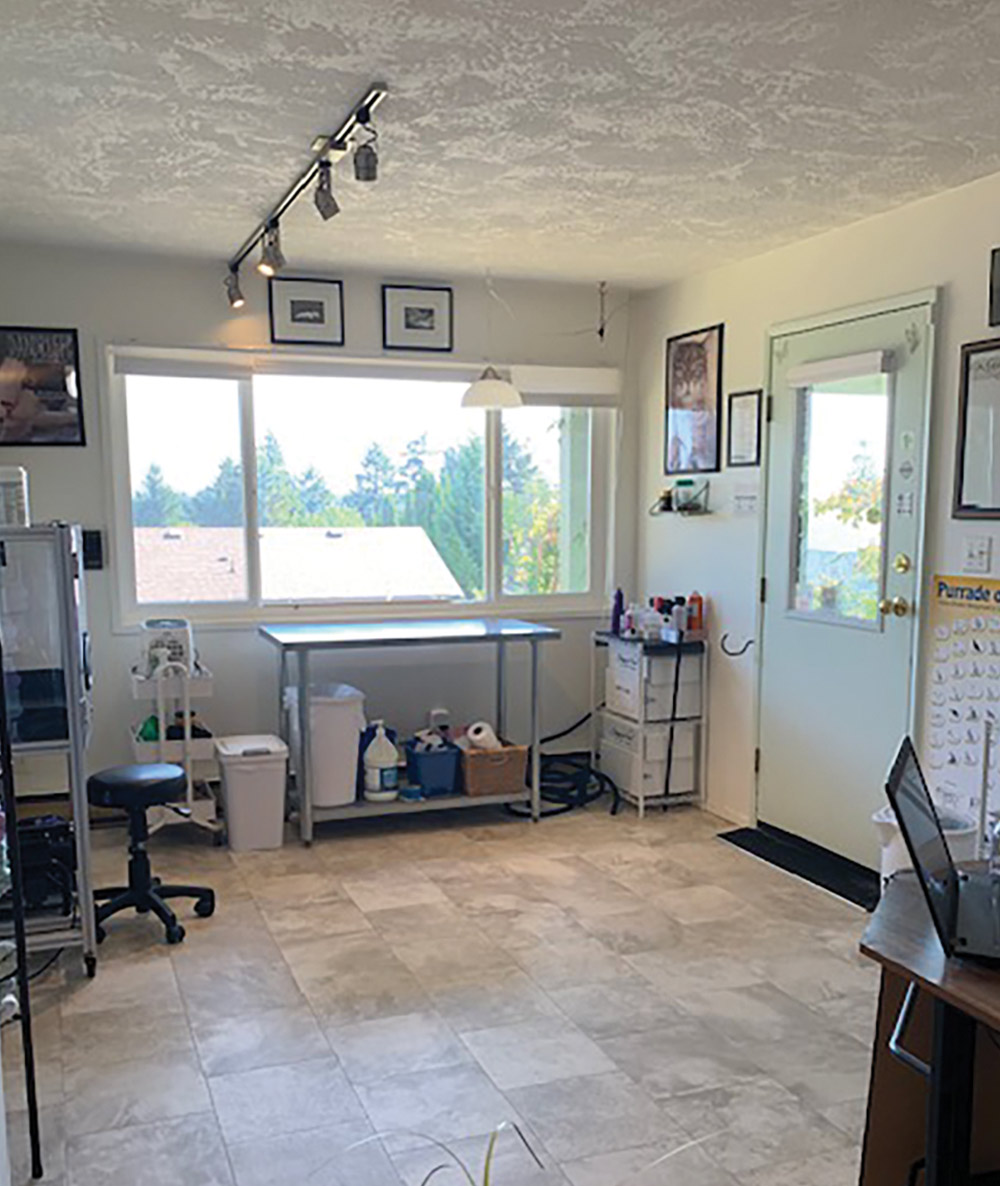
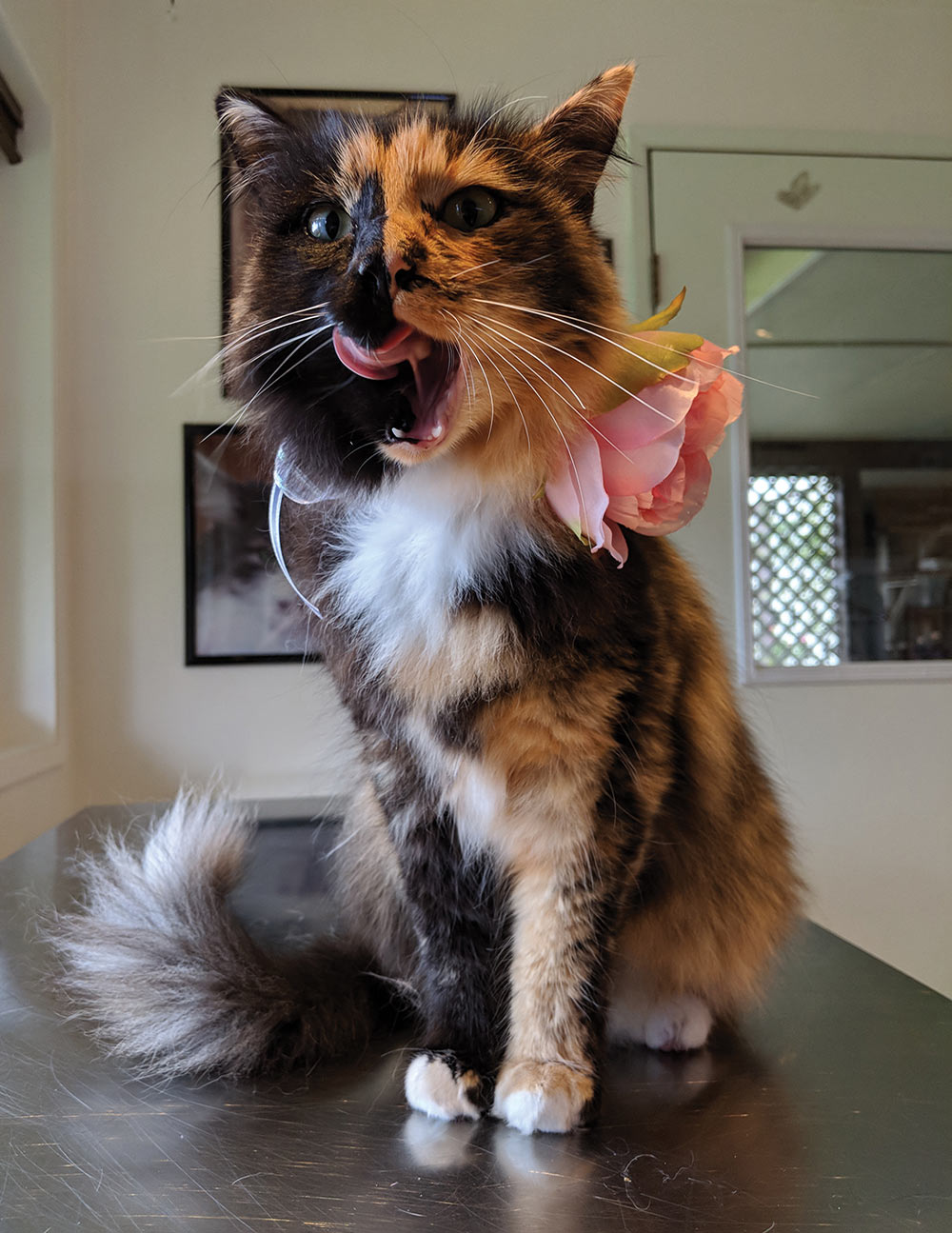

“I went into grooming with no previous experience,” Debra adds. “The training with NCGI gave me the tools I need to handle any grooming situation I may come across. The curriculum is excellent.”
Debra continued to work full time at the hospital and groomed after work and on weekends. She officially retired at the end of 2022 and now only grooms cats.
“It didn’t take long for me to build my clientele,” she says. “I do have a website, a Facebook page, and an Instagram account—@whiskertalescatgrooming—but most of my clientele has been gained by word of mouth.”
Debra is super busy. She says there is such a need that she could work seven days a week if she wanted to. All of her regular clients book appointments for the entire year. It is difficult for Debra to take on new clients, and that usually only happens if someone moves away or a cat passes. Many of her clients have told her that they feel more comfortable bringing their cat to a trained, certified professional.
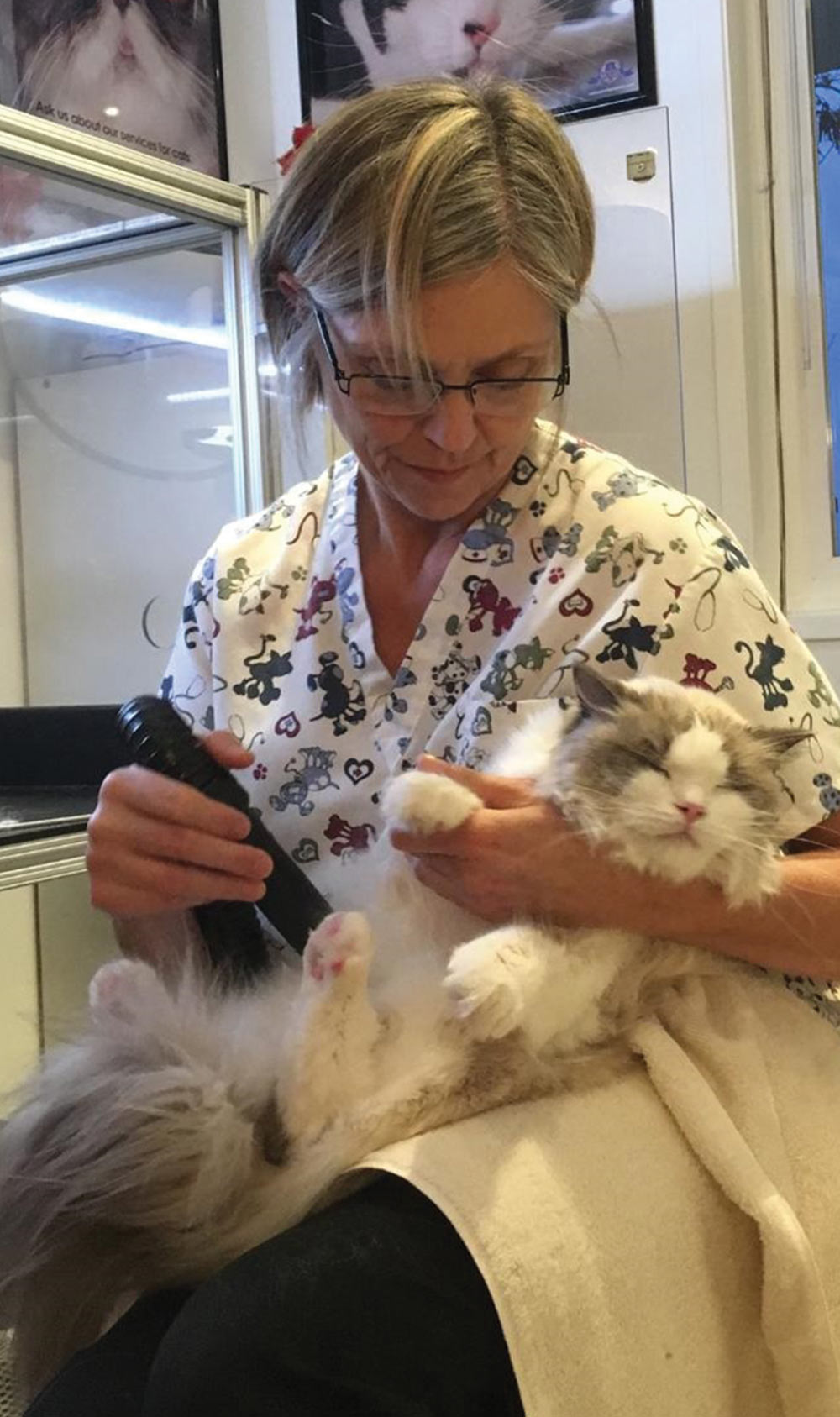
“I want to minimize stress as much as posssibe. Understanding cat behavior is essential, as not all cats are comfortable with the process.”
-Debra Norton
“Cat grooming is becoming more and more recognized as a real need, but there are still people who think that cats don’t require grooming,” she continues. “The cats I see prove that isn’t true. Those who are matted or pelted, have ingrown nails, urine-soaked bellies and dirty bottoms, chin acne, stud tail, dirty and stained eyes, greasy coats and dandruff, as well as those who are just plain smelly, really need our professional attention.
“I have clients who have allergies to cats and regular bathing helps them keep their cats in their home. I also have clients who have cats in great condition and want to keep them that way,” she adds.
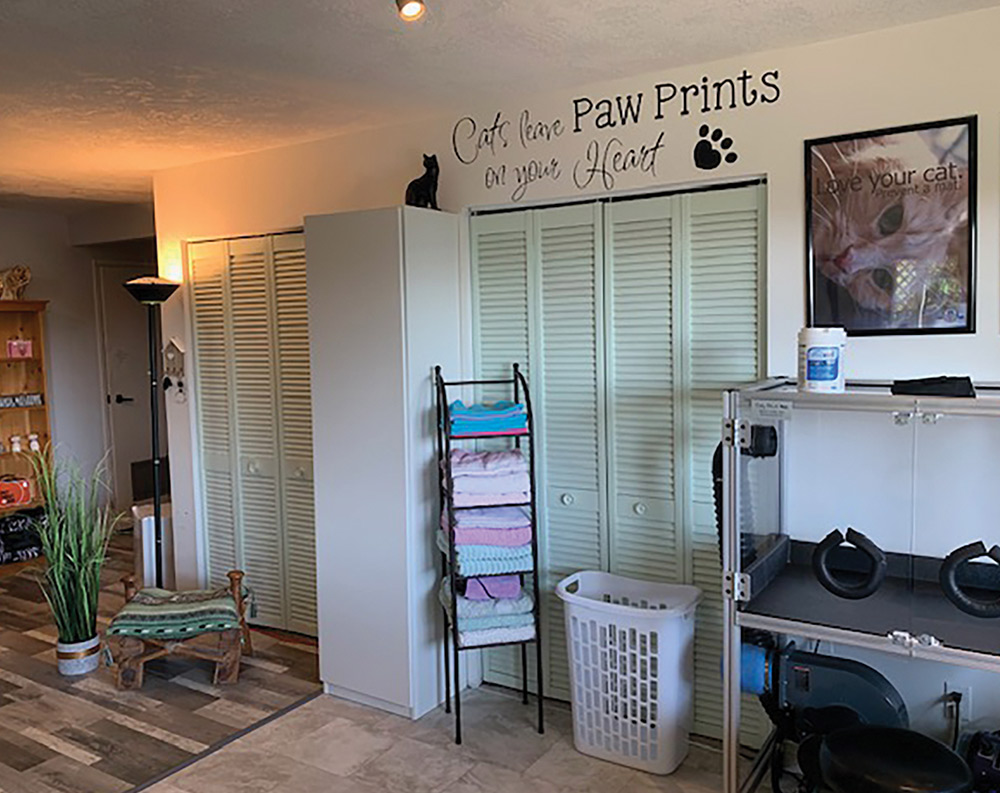
“It has been my experience, more often than not, that most of these cats do not require sedation,” says Debra matter-of-factly. “Once I remove the matting, I educate the client on how we can prevent the matting in the first place so that the cat is no longer living in discomfort/pain. My intention is to put them on a regular maintenance schedule as opposed to once-a-year shave-downs.
“As groomers, we see some of our clients’ cats more often than their vets do (with the exception of those who may have chronic health issues),” she continues. “This allows us to notice changes such as lumps and bumps, and even physical changes or behavioral changes that the owner may not be aware of. I have come across anomalies that I’ve mentioned to the owner, and encouraged them to seek veterinary evaluation if a health issue is suspected.”
While keeping in mind that time is of the essence when grooming cats, Debra says she works efficiently but doesn’t rush through her grooms.
“I want to minimize stress as much as possible,” she shares. “Understanding cat behavior is essential, as not all cats are comfortable with the process. Some cats love it, some are indifferent, and others need help by slowly introducing them to certain aspects of the groom such as the sounds of clippers, running water and blow-drying.
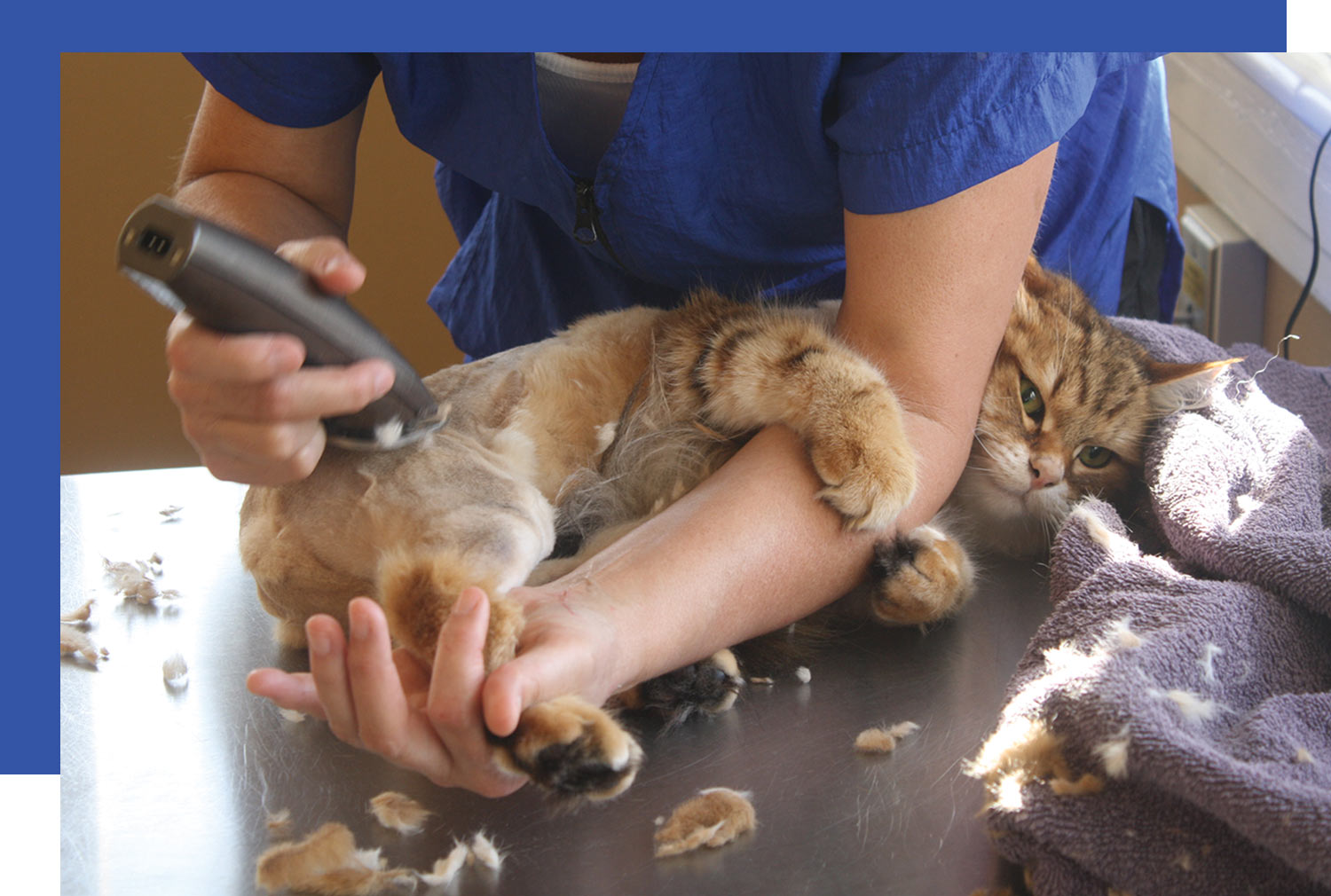
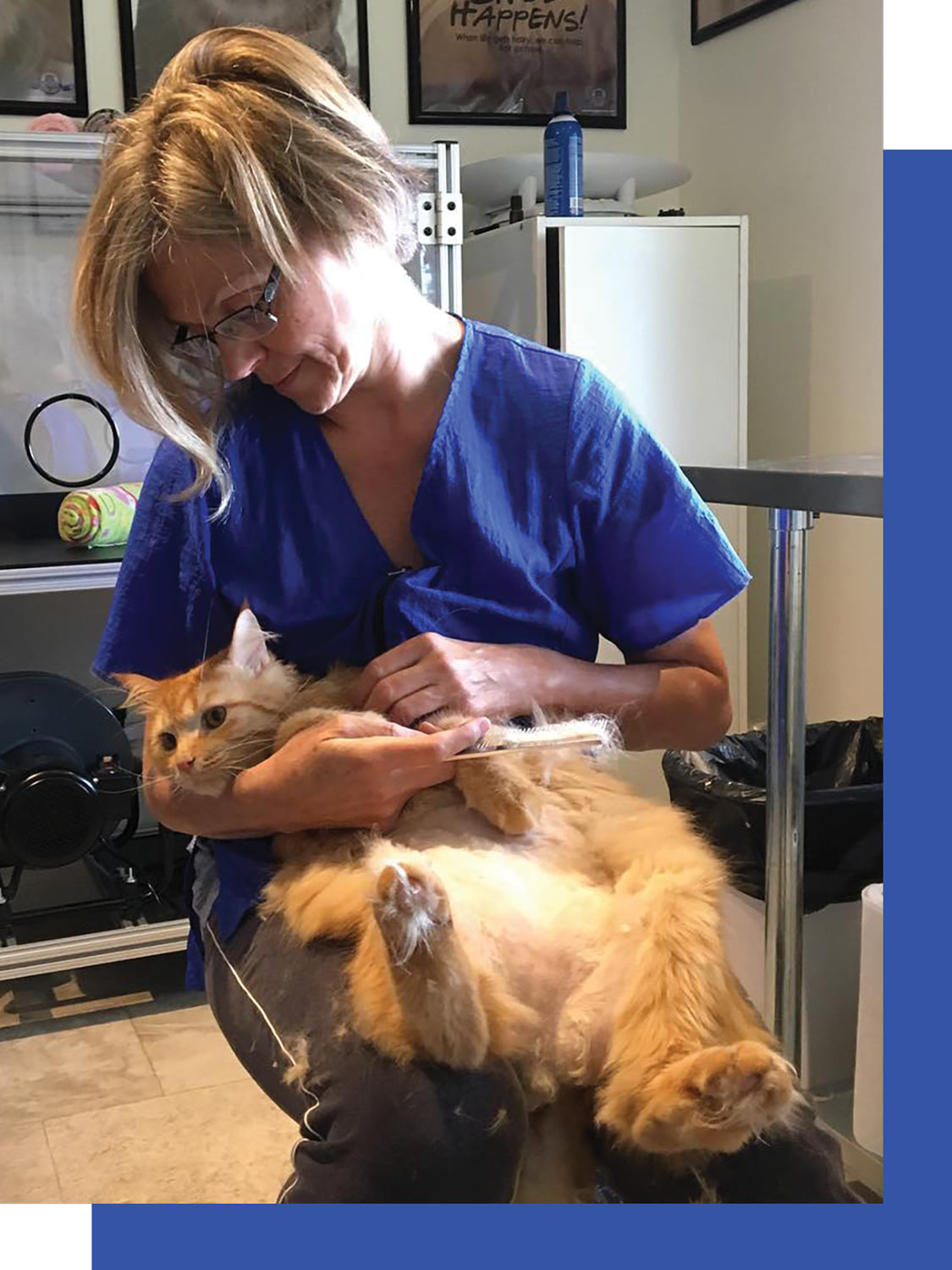
Debra is Fear Free certified and Pet First Aid certified. She feels it is very important as a groomer to know basic first aid and CPR, and to never stop learning. Debra has attended the “Bad Ass Cat Groomer Online Conference” and a cat groomer workshop/retreat in Myrtle Beach, South Carolina. She is also a member of the IAPEG (International Association of Professional Esthetic Groomers) as well as the NCGI (National Cat Grooming Institute).
“Continuing education is important to me,” she shares. “Unfortunately, cat grooming seminars, shows, and exhibitions are not plentiful on Vancouver Island. I do follow some of my instructors and fellow CFMGs on their social media accounts. Also, the NCGI has an alumni Facebook page where there is always something to learn and a lot of support from each other.”
There are now five CFMGs in Debra’s area, and they all received NCGI training.
“There is no competition between us. We support and encourage each other and are all very busy,” she adds.
When she became a CFMG, Debra’s objective was to be able to safely groom cats and to do it in an environment where the cats would feel safe and comfortable, which is why she chose the home-based salon model.
“It is just me and the cat,” Debra says enthusiastically. “It is canine-free, has its own entrance off of a deck in a lovely backyard where clients can wait with a coffee if they like. The cats even have a big picture window where they can look out at the bird bath from the grooming table.”
At Whisker Tales Cat Grooming, the goal is for every cat to receive a gentle, stress-free, one-on-one grooming experience, and Debra Norton’s loving care certainly gives her clients plenty to purr about!

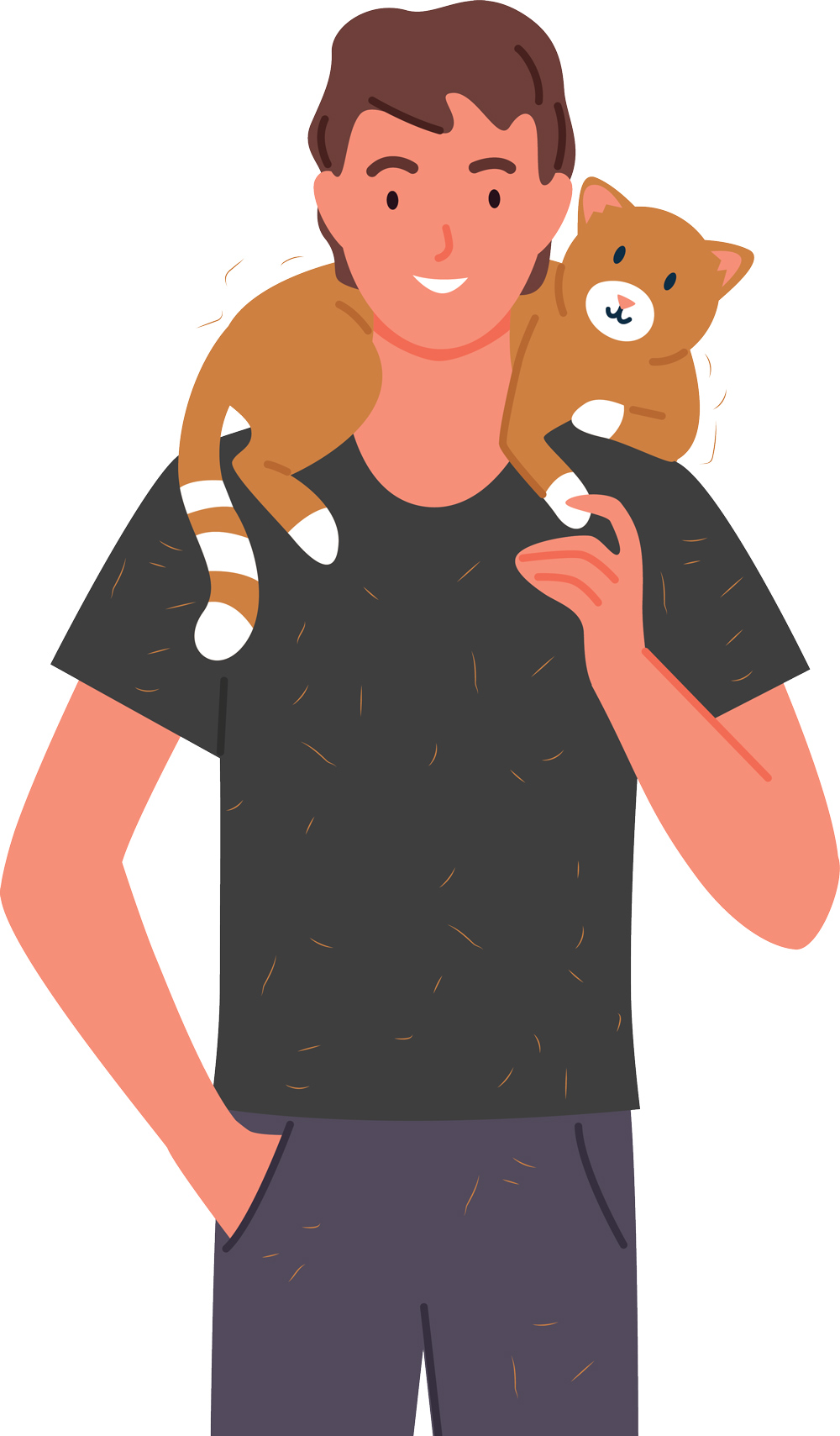
 hedding in dogs and cats is natural, normal and healthy. What’s more, it is highly functional, efficient, an easy form of self-care and environmentally beneficial—a true example of evolutionary genius! Ever notice how the big shed-off in dogs in the spring always happens when the birds are building their nests to lay their eggs?
hedding in dogs and cats is natural, normal and healthy. What’s more, it is highly functional, efficient, an easy form of self-care and environmentally beneficial—a true example of evolutionary genius! Ever notice how the big shed-off in dogs in the spring always happens when the birds are building their nests to lay their eggs?
Pet parents need to be taught that shedding is normal and natural, and hopefully by the person from which they acquire the pet. But since that is highly unlikely, they must hear it from you, their groomer. The skin and coat/hair/fur of a mammal determines so many factors about their lives, especially their health. For all of us mammals, the skin is the largest and most important organ in the body. Hair is also skin, just an extension of it, all made up of keratin proteins.
Maybe this is an old-school idea of mine, but we groomers used to teach our pet parents back in the day that they were expected to do some of the grooming tasks in-between visits to us groomers. Pet parents can and should be trained to be our partners in home care for these fur coats between grooms, and certainly also brushing the hair-type dogs to prevent matting, especially after they get wet.
Groomers should not reinforce the bad information that is sadly out there. We should provide good information. I believe that every client should get a ten-minute consultation on the dog or cat’s coat type and care when they first come to you, and at key times in their development. Educating them about the needs and functions of their pet’s coat is part of our job as professional pet groomers.
The other type, the secondary hairs (or “undercoat”), are the little fuzzy insulating hairs that shed the most and are not fully formed hairs. They do not have a medulla. They are just baby fuzz that comes in and falls out with the seasons to provide either insulation from the cold in the winter, or to allow air flow to the skin in the warm months while the primary hairs stay in place to reflect the sun away. Without a medulla, these undercoat hairs are not strong enough to be protective of the thin skin of a dog and the thinner skin of a cat. That is why fur-type dogs should never be clippered on their upper torso. Clippers do not discriminate between the protective and structural primary hairs that need to stay in place for years, are very slow growing with a long dormancy period and seldom need to be replaced.

All cats have pre-determined length, or “fur,” and are usually double-coated, meaning that they have both long-lasting primary hairs and often-shedding secondary or undercoat hairs. There are exceptions though, such as the rare “hairless,” or single-coated cats, like the Sphynx or Rex. And, there is even the triple-coated Siberian cat!
Fur-type dogs and cats should not be shaved, especially on their upper torsos or “jacket” area—the vitally protective area of the coat and skin specially evolved to keep the animal alive. Without their primary hairs or topcoat, their thin skin is highly susceptible to risk of cancer, parasites, bacteria, fungal infections and a host of other issues that occur when their thin skin is not covered. Trimming of the undercarriage of the dog or cat, and in between the back legs and under the tail, does not create the same problems.

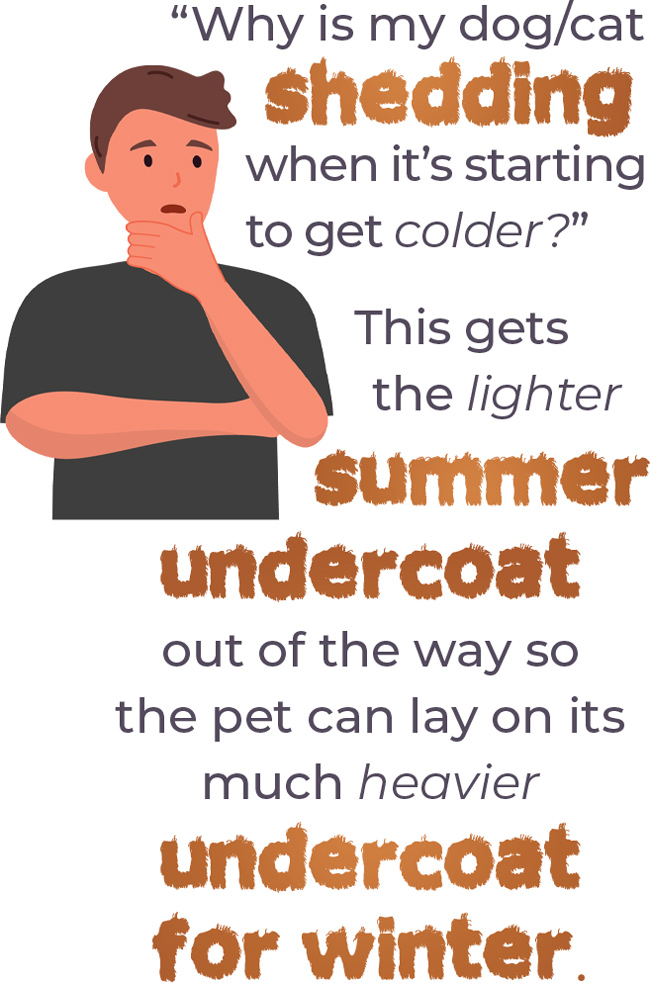
The calendar hits two solstices each year, the shortest and longest daylight days of the year. The summer solstice in the northern hemisphere is the longest day of the year, around June 22nd. The winter solstice is around December 22nd, the shortest day of the year. For those in the southern hemisphere, like Australia, the pattern is reversed.
The heaviest shedding months for us in the northern hemisphere are April through June, when the heavy winter undercoat is blown off to lighten the load for the approaching summer. The somewhat lesser heavy shedding season of October through December is also something we can predict, planning our schedules and booking our clients accordingly.
I get asked every year by one client or another, “Why is my dog/cat shedding when it’s starting to get colder?” My answer is always to explain that this gets the lighter summer undercoat out of the way so the pet can lay on its much heavier undercoat for winter.
Dogs and cats lack sweat glands like the ones we have. Our sweat glands are exocrine, or “eccrine,” and put water out onto the skin. But dogs and cats have apocrine glands that release the moisture inside the hair follicle which the hairs then distribute, along with oils, around the coat and skin—another reason why shaving any dog or cat short is never a good idea. The hairs are needed to distribute the natural hydration and oils manufactured inside the follicle.
Dogs and cats do sweat, but only on the hairless parts of their skin like their noses and the pads of their feet. Dogs cool themselves through panting, which allows a heat exchange; heat goes out and cool air comes in. Cats can sweat a bit through their feet, but also only primarily have apocrine glands that emit moisture directly into their hair follicles.
Although humans, dogs and cats are all mammals with skin and hair, we humans are mostly skin and very little hair. We have thick skin and thin hair (some of us thinner than others). Dogs and cats have thinner skin and many more follicles, and more hairs per follicle than we do.
The stratum corneum is the outermost layer of the epidermis, or skin, in all mammals. For humans, it is made up of 10 to 30 thin layers of continually shedding, dead keratinocytes, or skin cells. Dogs have approximately only three to six layers of skin cells in their outermost protective skin layer, the stratum corneum. And cats’ skin is even thinner than dogs.
Nature has given dogs and cats all that fur to protect them, and in shedding, has created a perfect system that works to help them adapt to their climates. It is up to us humans to understand it and work with it—and it is up to groomers to explain that to every client.


 s professional pet stylists, we wear many hats for our customers. They rely on us for information and guidance in every aspect of their pets’ lives. Sometimes we’re the pet groomer, answering all their questions about hygiene and style, and other times our clients turn to us for advice on behavior and how to improve the quality of their pets’ lives. Whichever part of their pet’s life they need help with, as professionals, we need to be informed and ready to assist.
s professional pet stylists, we wear many hats for our customers. They rely on us for information and guidance in every aspect of their pets’ lives. Sometimes we’re the pet groomer, answering all their questions about hygiene and style, and other times our clients turn to us for advice on behavior and how to improve the quality of their pets’ lives. Whichever part of their pet’s life they need help with, as professionals, we need to be informed and ready to assist.
Knowledge is power, and being able to educate your clients will build lasting relationships and customer loyalty, which are the cornerstones of success for any pet stylist. This sentiment is especially true with cat customers. Cats can be very difficult creatures to understand, leaving many cat owners at a loss, and so they turn to their groomers for advice. Cat behavioral issues are more common than you may realize, and most of them stem from boredom.
But why does a pet groomer need to know how to combat cat boredom?
Assisting your clients with solving problems they are having with their pets is not only an excellent way to strengthen your relationship with customers, but it also gives you valuable experience that you may utilize in the future. In my career, I’ve been asked to assist clients with varying issues, and through that process of trial and error in solving the problem, I gained useful information that I can use to help other clients with in the future when they too have issues with their pets that they don’t know how to handle.
Kitty pet parents are often at a loss when it comes to figuring out why their feline’s behavior has changed. Behavioral changes in cats can be an indicator of a variety of issues from medical to environmental, but most often those behavioral changes stem from plain old boredom. Cats are often in situations where they spend vast amounts of time alone. Even in multi-cat households, some cats live a more solitary life, lacking interaction with other pets and often choosing just one family member they prefer to be around. Many housecats live exclusively indoors, which greatly limits their territory, and that alone can create stress for an animal that naturally prefers to roam a larger territory.
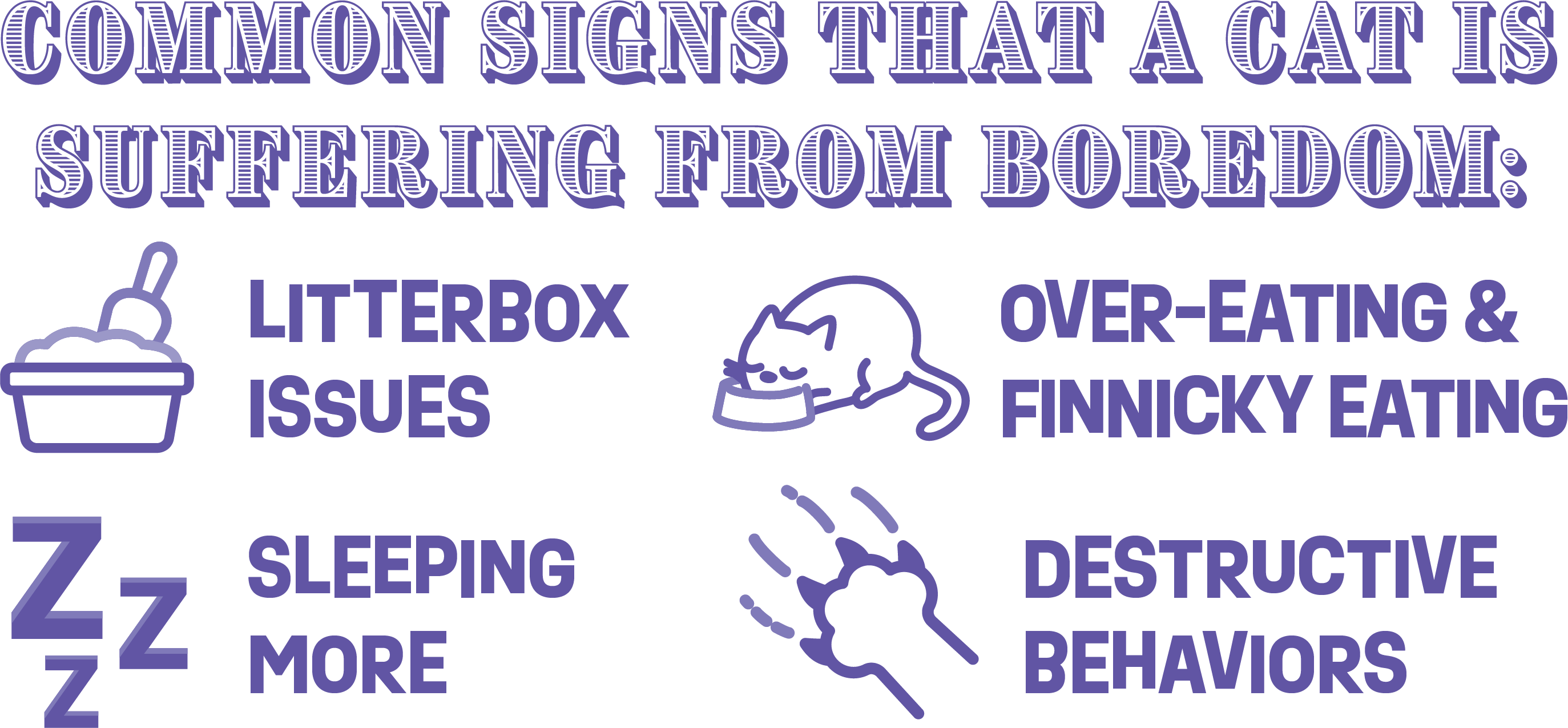
Some of the most common signs that a cat is suffering from boredom are litterbox issues, sleeping more than usual, over-eating, finnicky eating and destructive behaviors. The first step when a client notices behavioral changes is a visit to the vet to rule out a medical issue. Once a medical issue can be ruled out, the next step is to move on to enriching the cat’s daily life to battle boredom.

 Cats are often the pet companion of choice because they can be left alone for longer hours than dogs. While this is true, they still need a routine. Cats tend to be creatures of habit and setting a routine schedule for cats can benefit them greatly. Cats don’t do well with a lot of change, so consistency is key to their happiness. Consistent feeding times and a regular routine for the owner will help cats feel more at ease.
Cats are often the pet companion of choice because they can be left alone for longer hours than dogs. While this is true, they still need a routine. Cats tend to be creatures of habit and setting a routine schedule for cats can benefit them greatly. Cats don’t do well with a lot of change, so consistency is key to their happiness. Consistent feeding times and a regular routine for the owner will help cats feel more at ease.
 Mental stimulation is an excellent way to battle a cat’s boredom issue. There are many easy and fun ways to stimulate their senses and create activities that satisfy a cat’s natural instincts and behaviors. For example, scratching posts are not just a place for cats to sharpen their claws. The behavior of scratching is a stress reliever and a way to mark their territory. Scratching posts come in many forms, shapes and sizes—there are vertical towers, horizontal boards, doorknob hangers and some are even infused with catnip for extra appeal to a bored kitty. Placing the post where the cat prefers to scratch and not just where it’s convenient increases the chance of the cat using it and helps to deter them from using furniture as an alternative.
Mental stimulation is an excellent way to battle a cat’s boredom issue. There are many easy and fun ways to stimulate their senses and create activities that satisfy a cat’s natural instincts and behaviors. For example, scratching posts are not just a place for cats to sharpen their claws. The behavior of scratching is a stress reliever and a way to mark their territory. Scratching posts come in many forms, shapes and sizes—there are vertical towers, horizontal boards, doorknob hangers and some are even infused with catnip for extra appeal to a bored kitty. Placing the post where the cat prefers to scratch and not just where it’s convenient increases the chance of the cat using it and helps to deter them from using furniture as an alternative.
Another great mind-stimulating activity is creating a way for a cat to “hunt.” Rather than offering dry food in their bowl, divide the meal into several smaller portions and hide them in easily accessible places around the home. Add a treat to the mix to make it even more appealing and let their keen sense of smell and their natural curiosity lead them to the hidden treasures.

 Cats aren’t like dogs when it comes to toys. Filling a basket with toys will not stimulate a cat to play with them. Cats like to stalk and chase, not grab toys from a basket. Choose interactive toys that move or that you play with along with your cat. Some cats are stimulated by small objects that resemble a rodent while others react with more enthusiasm for toys that have real feathers. Getting your cat to stalk, pounce, and chase a toy that you control is a great way to stimulate their minds and burn calories at the same time. There are many fun and interactive toys that wobble and move around in erratic patterns, which entice cats to stalk and pounce onto. Solo toys that require the cat to put into motion can be placed around the home for them to discover and play with. These toys should be swapped out every few days to avoid the cat becoming disinterested in them.
Cats aren’t like dogs when it comes to toys. Filling a basket with toys will not stimulate a cat to play with them. Cats like to stalk and chase, not grab toys from a basket. Choose interactive toys that move or that you play with along with your cat. Some cats are stimulated by small objects that resemble a rodent while others react with more enthusiasm for toys that have real feathers. Getting your cat to stalk, pounce, and chase a toy that you control is a great way to stimulate their minds and burn calories at the same time. There are many fun and interactive toys that wobble and move around in erratic patterns, which entice cats to stalk and pounce onto. Solo toys that require the cat to put into motion can be placed around the home for them to discover and play with. These toys should be swapped out every few days to avoid the cat becoming disinterested in them.
 Cats have excellent vision and they love to observe their surroundings, especially the outdoors. Cats love to peer out the window and watch birds, insects and even wind-blown leaves. Adding a window perch provides a cat with an elevated vantage point to survey their territory and the surrounding area, which puts a cat at ease because they are aware of what’s around them, making them feel more confident. This also gives them a comfortable place to take a nap while basking in the warmth of the sun, which cats absolutely love to do.
Cats have excellent vision and they love to observe their surroundings, especially the outdoors. Cats love to peer out the window and watch birds, insects and even wind-blown leaves. Adding a window perch provides a cat with an elevated vantage point to survey their territory and the surrounding area, which puts a cat at ease because they are aware of what’s around them, making them feel more confident. This also gives them a comfortable place to take a nap while basking in the warmth of the sun, which cats absolutely love to do.
 Cats are predators and it’s in their nature to move about stealthily. Cats prefer to walk under or behind furniture and other household items as a way to hide themselves. Providing hiding spaces is easy and beneficial at the same time. Place a cat’s favorite blanket or bed in a space where they can feel protected and hidden away from noise and busy family activities. Common household items can also be used as hiding spaces while providing some fun activities for the cat to enjoy. Cardboard boxes are an inexpensive and easy way to create fun hiding spots for cats. Sprinkle a little catnip inside for an extra incentive to explore the box and watch them roll around the box with pure joy.
Cats are predators and it’s in their nature to move about stealthily. Cats prefer to walk under or behind furniture and other household items as a way to hide themselves. Providing hiding spaces is easy and beneficial at the same time. Place a cat’s favorite blanket or bed in a space where they can feel protected and hidden away from noise and busy family activities. Common household items can also be used as hiding spaces while providing some fun activities for the cat to enjoy. Cardboard boxes are an inexpensive and easy way to create fun hiding spots for cats. Sprinkle a little catnip inside for an extra incentive to explore the box and watch them roll around the box with pure joy.
 Sometimes cats thrive from having a companion other than the owner. If a cat suffers from boredom and spends long hours alone, perhaps considering a second pet may help the situation. If a second pet is not an option, maybe a friend, neighbor or pet sitter is the perfect alternative. Having someone stop by when no one is home breaks up the loneliness and provides a distraction from their solitary day.
Sometimes cats thrive from having a companion other than the owner. If a cat suffers from boredom and spends long hours alone, perhaps considering a second pet may help the situation. If a second pet is not an option, maybe a friend, neighbor or pet sitter is the perfect alternative. Having someone stop by when no one is home breaks up the loneliness and provides a distraction from their solitary day.
Providing your clients with these helpful tips will enrich their pets’ lives as well as the life of the owner. With your input, you and your clients can work together to help their pets live their best lives while positioning yourself as an informed and skilled professional.

 ith their signature folded ears, the Scottish Fold is one of the most recognizable cat breeds to come to the grooming salon. Typically adorable and even-tempered, they can also be incredibly hairy. Moose and Cooper are a pair of Scottish Folds that I groom every six to eight weeks in my salon and today is their spa day!
ith their signature folded ears, the Scottish Fold is one of the most recognizable cat breeds to come to the grooming salon. Typically adorable and even-tempered, they can also be incredibly hairy. Moose and Cooper are a pair of Scottish Folds that I groom every six to eight weeks in my salon and today is their spa day!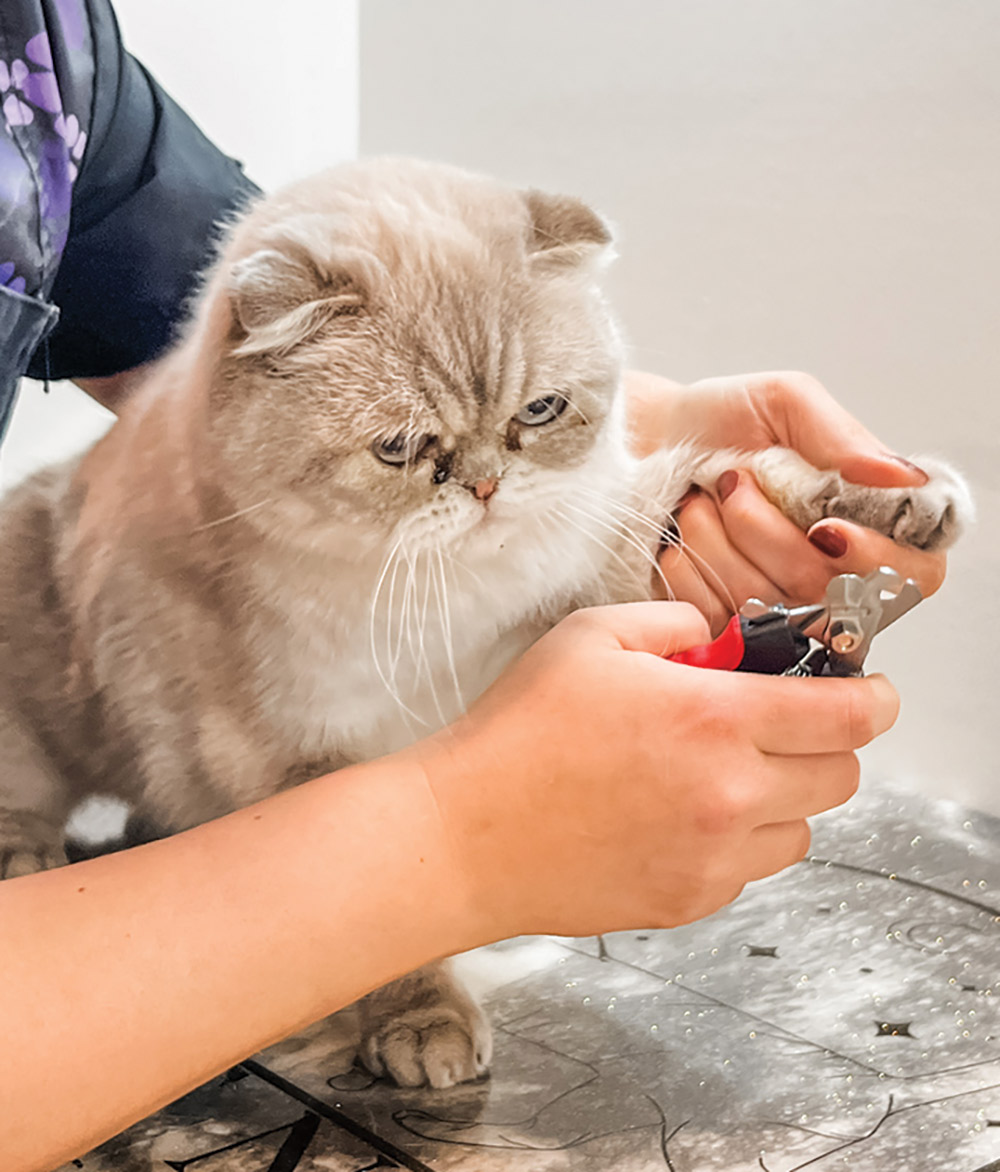


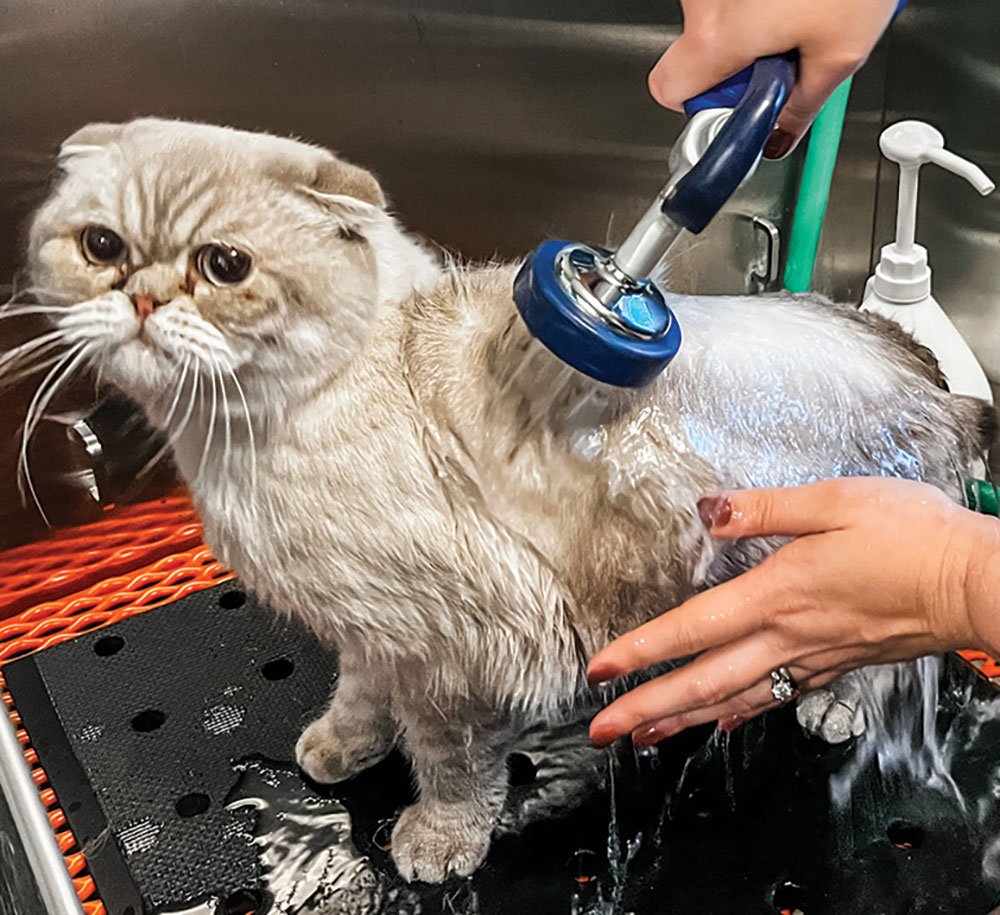
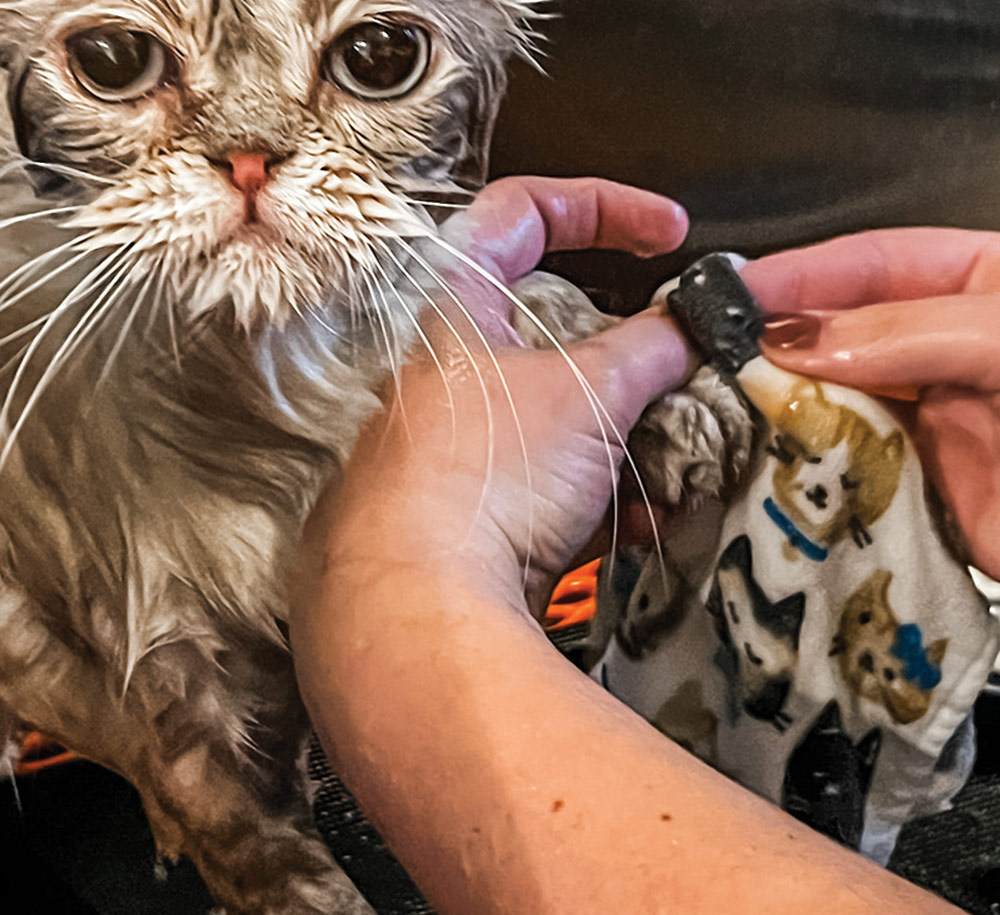
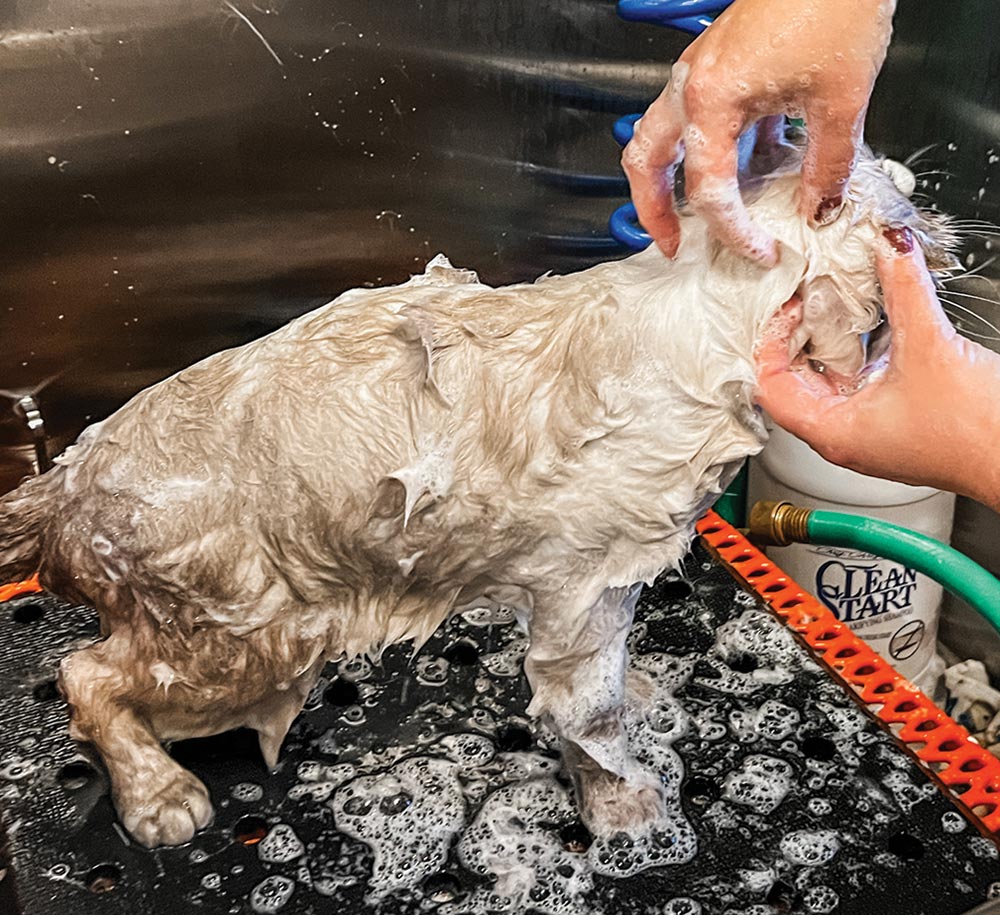
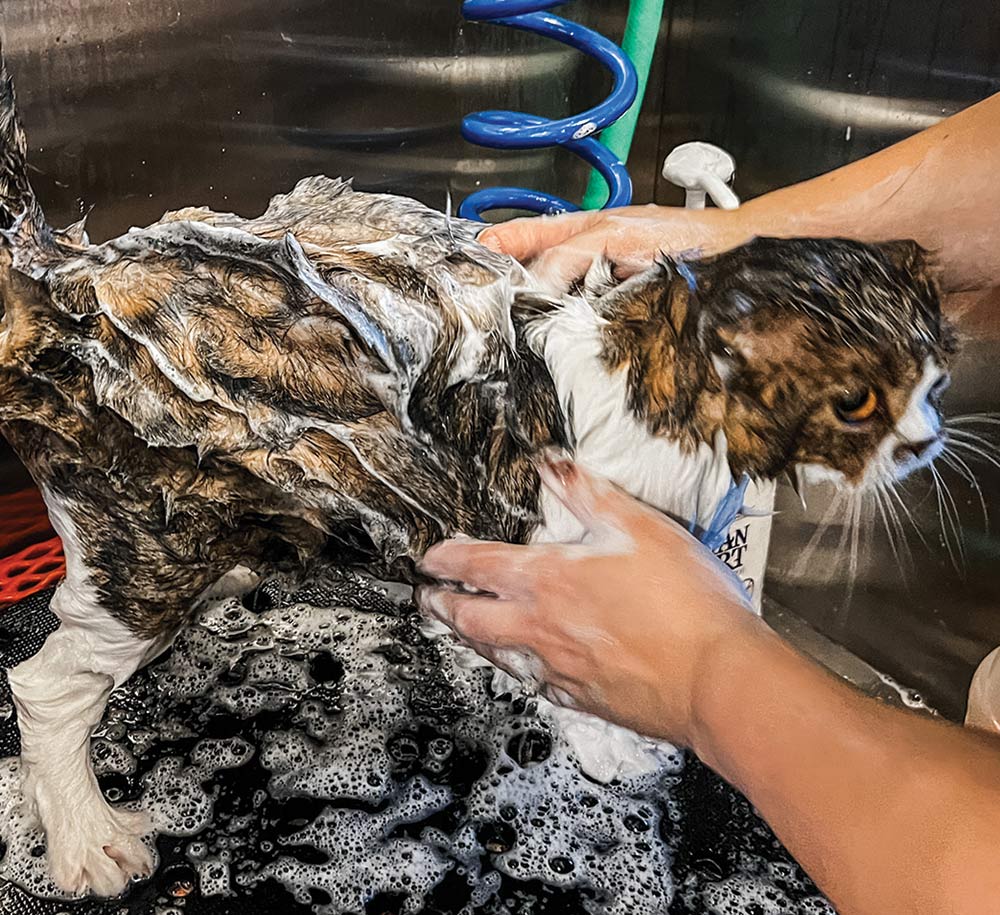
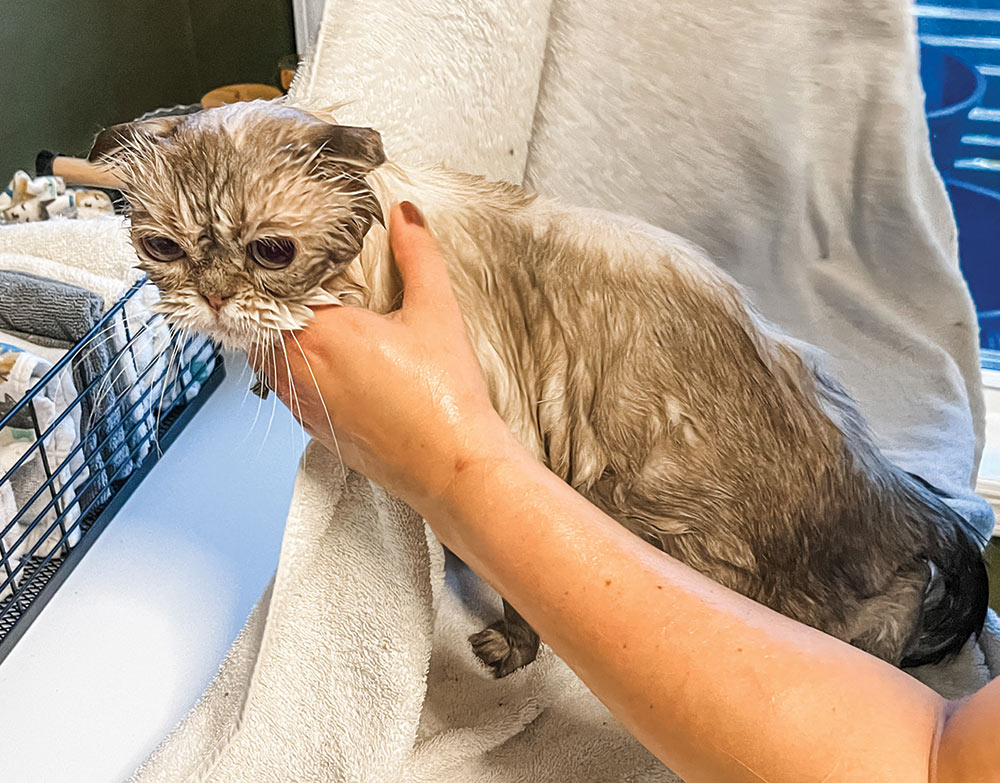

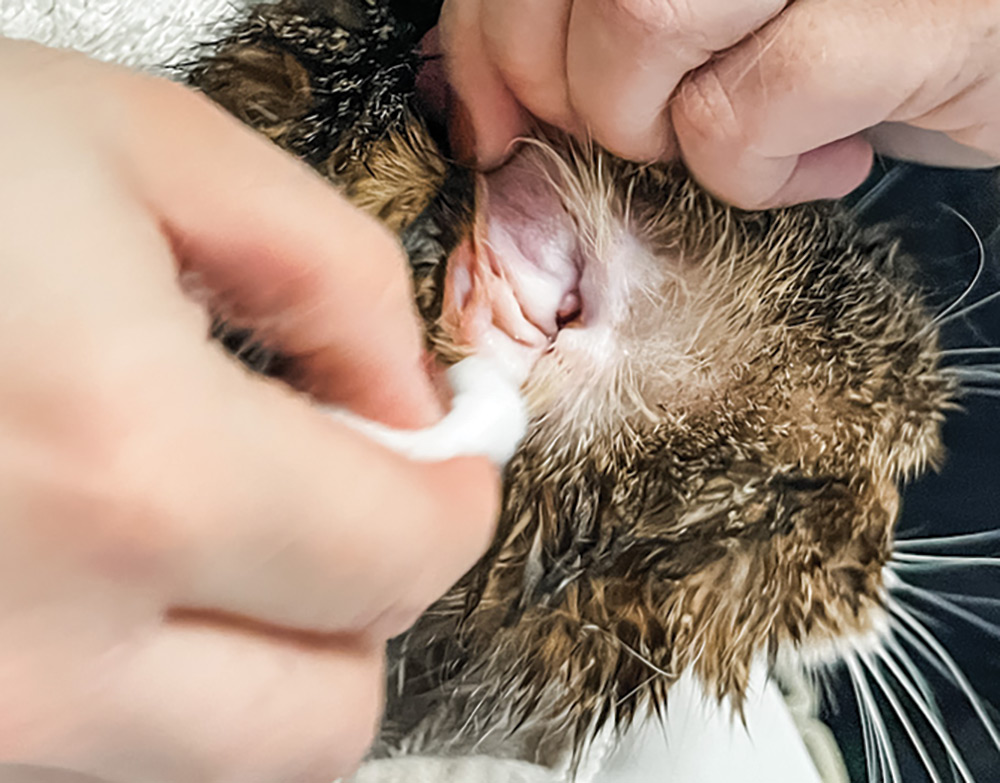

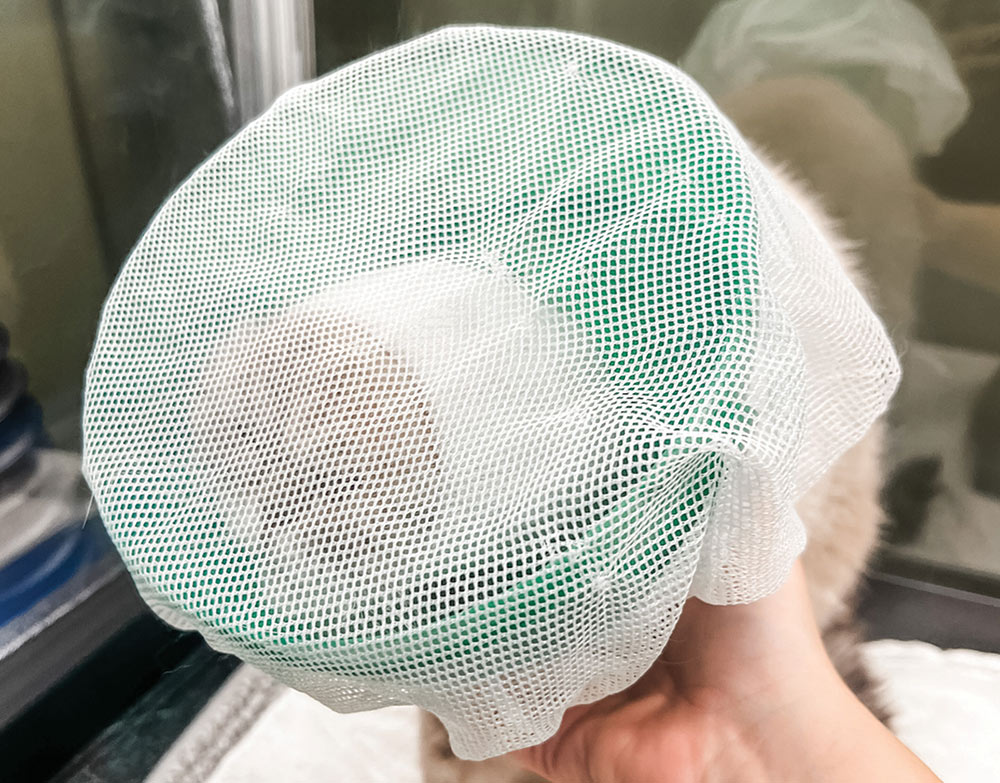
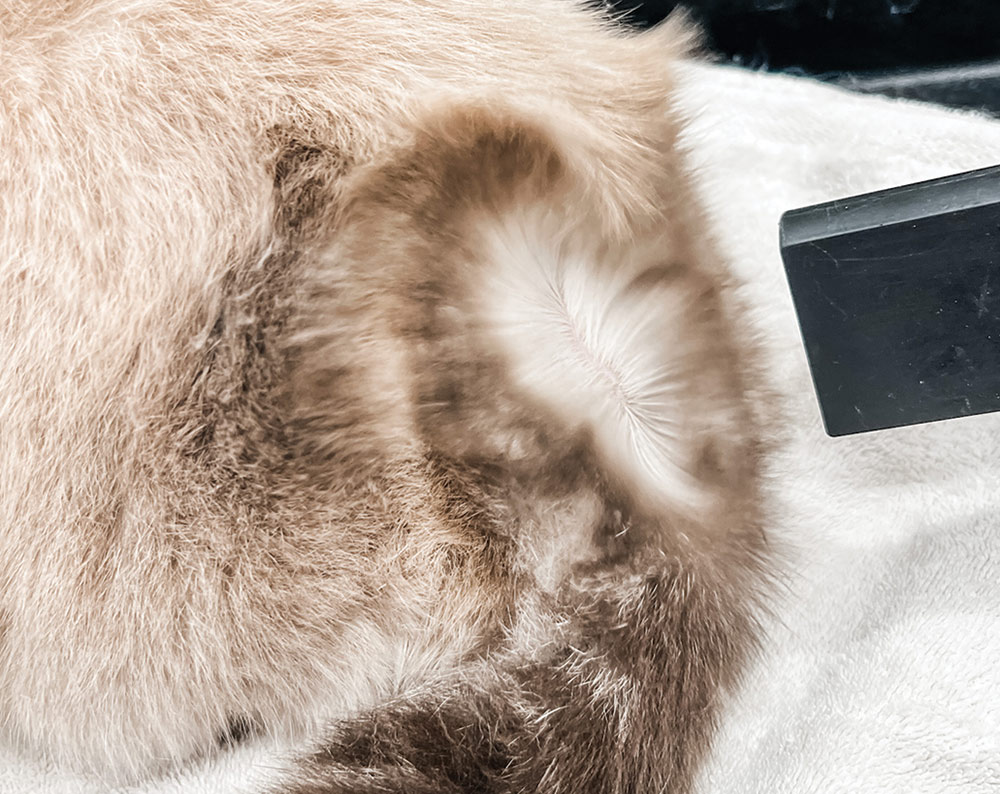

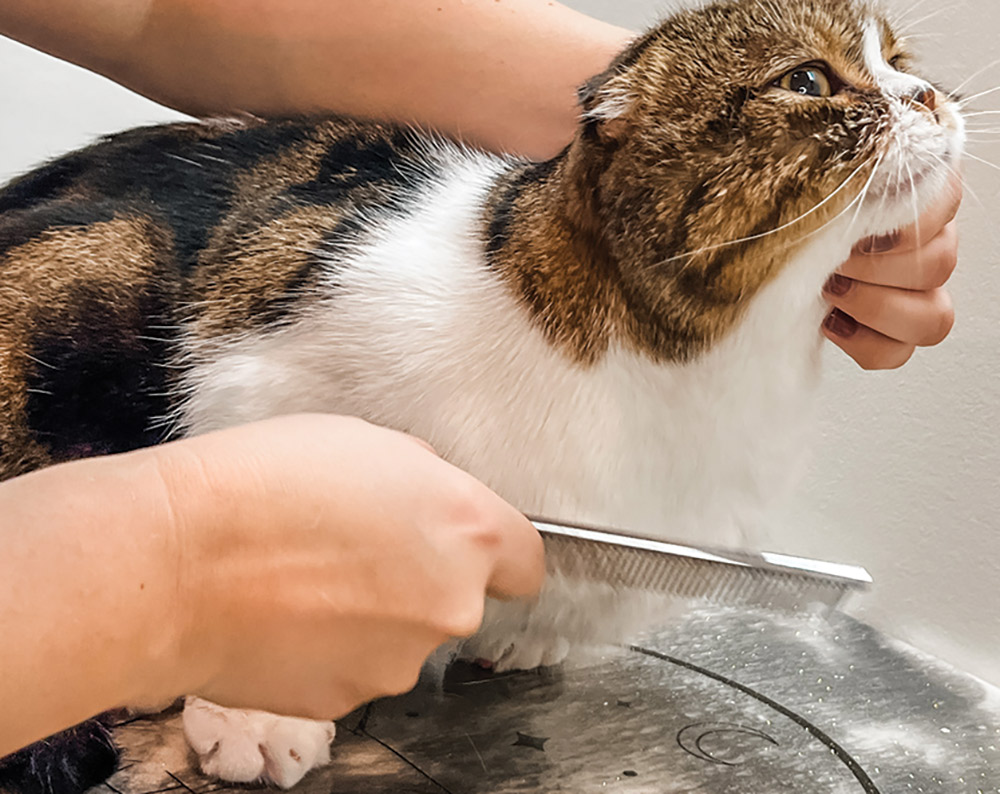


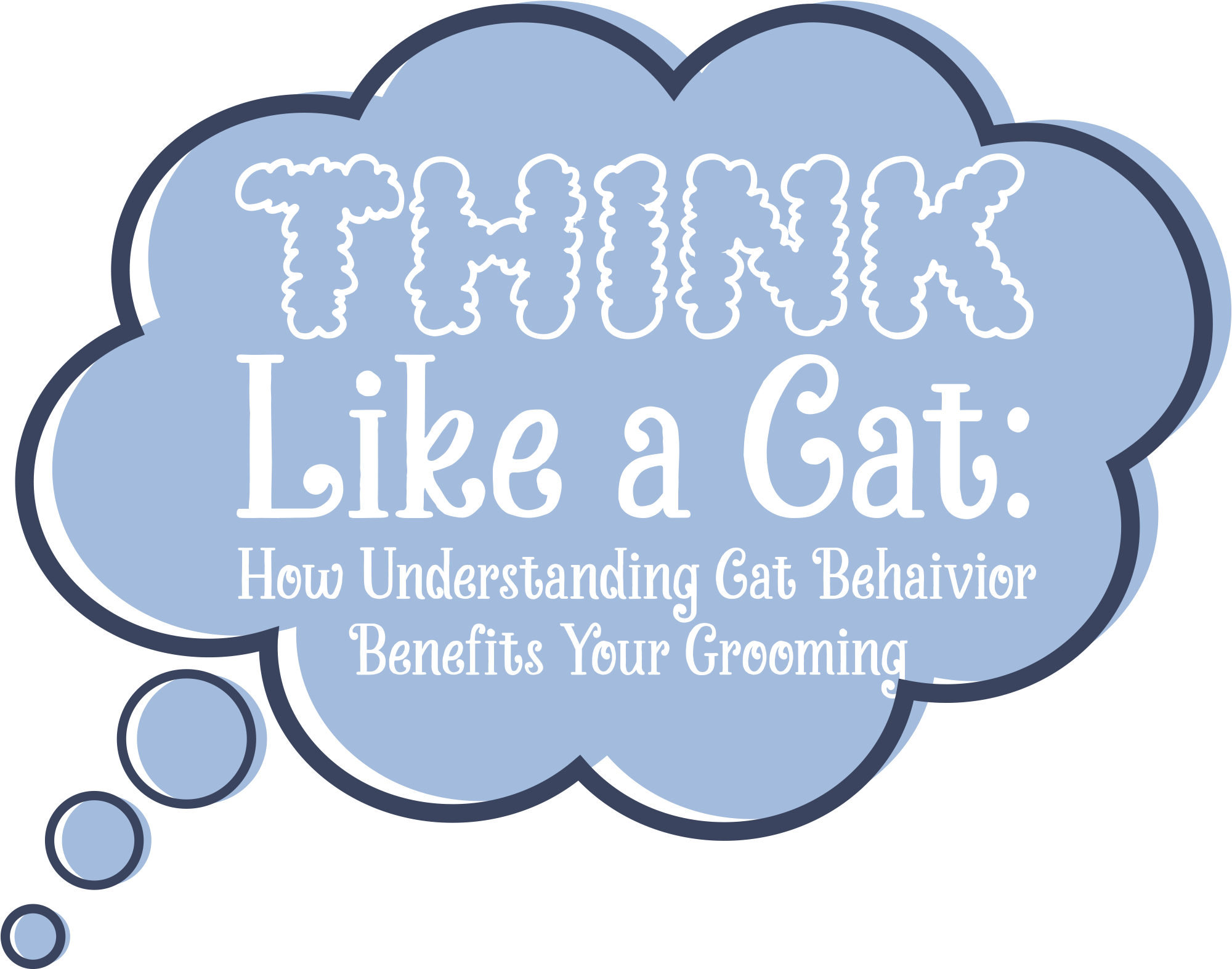

 elines act on their terms and can have the mindset of, “What’s in it for me?” Knowing that, going to the groomers can be challenging for you and the pet owner if you don’t manage expectations.
elines act on their terms and can have the mindset of, “What’s in it for me?” Knowing that, going to the groomers can be challenging for you and the pet owner if you don’t manage expectations.
Feline Certified Cat Behaviorist Joey Lusvardi of Class Act Cats Consulting in Minneapolis, MN thinks groomers can make their jobs more difficult if they don’t understand the basics of cat behavior. Lusvardi is a huge advocate of offering in-home grooming for cats: “Felines are much more responsive to a familiar environment, so being at home is going to be far less stressful,” he says.
If you can’t go to a cat’s home, Lusvardi says there are a plethora of things you can do to make the feline more comfortable in the salon setting. One suggestion is to offer the first visit as a special playtime. Invite the furry client to explore your salon privately and lavish the kitty with play and lots of high-value treats so they think of your business as a wonderful place to visit. Make sure no grooming is done, but have your tools in plain sight so the cat can investigate them and become familiar with them.

Additionally, he says you should also ask about dietary restrictions so you have the right treats to keep the feline busy during the groom. And make sure you inquire about whether or not the cat has issues being handled. “If the cat has a medical condition that causes pain, it could make the groom more challenging. You don’t want to trigger an aggressive response,” he adds.
Lusvardi also encourages groomers to ask their cat clients to clicker train their cats and teach their feline to “high five.” There are many instructional videos on the internet that can teach the process. “This is a wonderful way to get the feline used to touching the human hand, which is beneficial for nail trims,” he says.
When it comes to the actual grooming, Lusvardi stresses that you should prioritize needs over wants. Always take care of the most critical or important parts of the groom first, then focus on the less important parts next. You only have so much time when a cat is under your care.
He also recommends LickiMats or puzzle toys to help occupy the cat to give you the most time to do your job. When beginning the groom, he suggests starting out slowly and getting the cat used to the feel of each tool. Ideally you should start in a low-stress area on the cat and gradually work up to the more challenging parts.
When it comes to scruffing, Lusvardi says don’t do it! “Scruffing is not a gentle handling technique. For years it was thought of as being calming for kittens, as they are carried like that by their mothers when they are young. That’s not how we see it anymore. You never see an adult cat being held by the scruff of their neck, and studies show it increases stress and can be painful if done incorrectly,” he advises.
With more and more people—especially millennials—adopting cats, feline services are becoming more in demand. It’s important that groomers are equipped with the knowledge to handle cats successfully. From a behaviorist’s standpoint, Lusvardi believes groomers are service providers who are critical to adding to the wellbeing of cats as a whole.
With society often thinking of cats as second-class pets to dogs, it’s important to understand cat ownership is evolving. So being adept in handling felines is in your best interest financially and competitively to showcase your versatility.

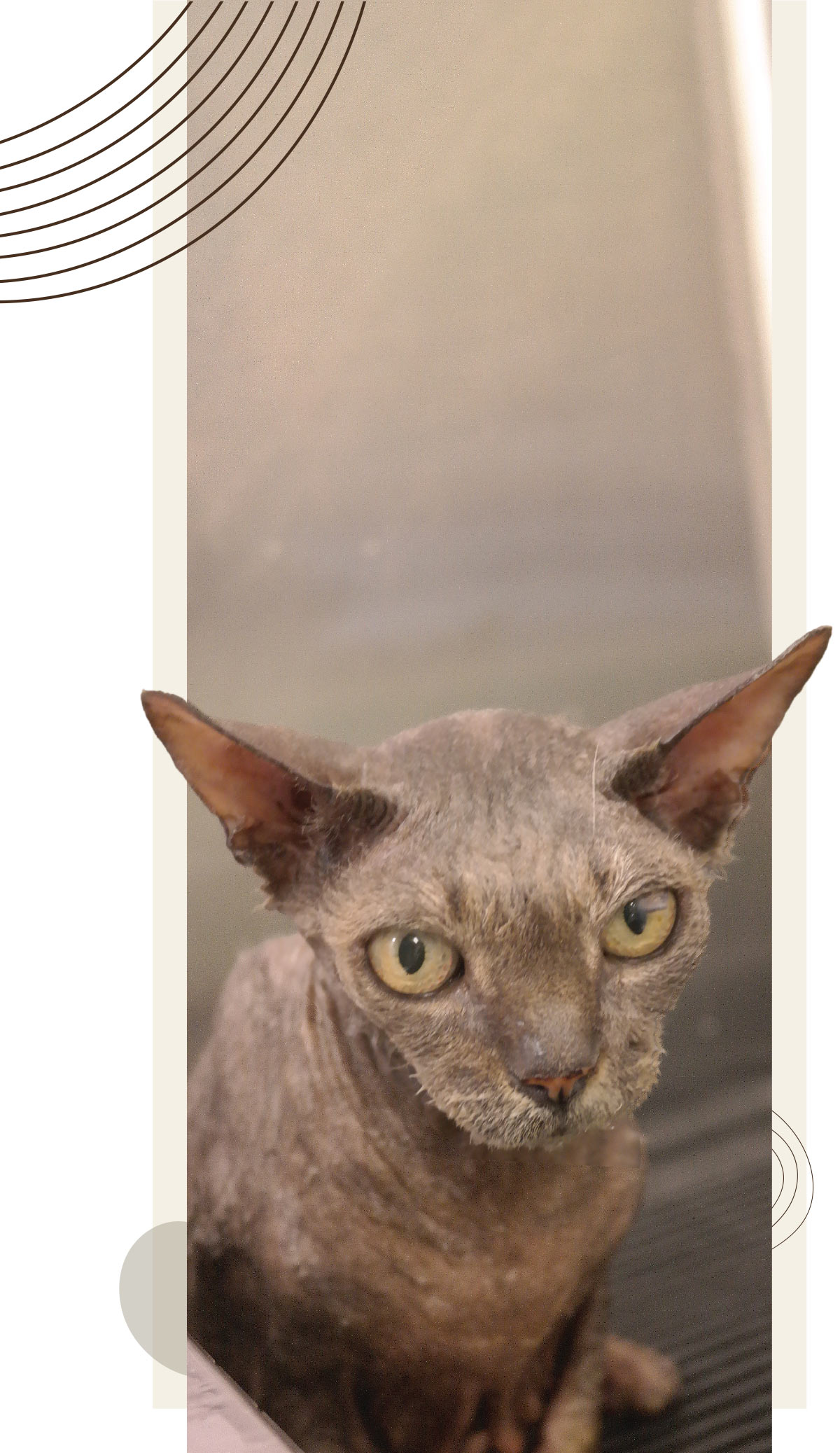
Photos by Lexie Goldsmith
 hen grooming a cat that is over seven years old, we need to take a lot more into consideration. After this age, a cat is considered senior, and therefore is at higher risk of injury or even death during or following a groom.
hen grooming a cat that is over seven years old, we need to take a lot more into consideration. After this age, a cat is considered senior, and therefore is at higher risk of injury or even death during or following a groom.
Similarly to when a human becomes elderly, a cat’s skin also ages. The skin layers lose elasticity and become thinner and easier to injure with clippers or even grooming tools. A cat’s skin is on average about 2-3mm thick, but as they become older, it can decrease to as thin as 0.5mm. This is one of the reasons why I prefer not to clip elderly cats, except for in cases of severe matting and neglect.
Preventing any issues during a groom is a must, so an extensive questionnaire and New Client form will prepare you and the owner to choose the best and most suitable groom for the cat.
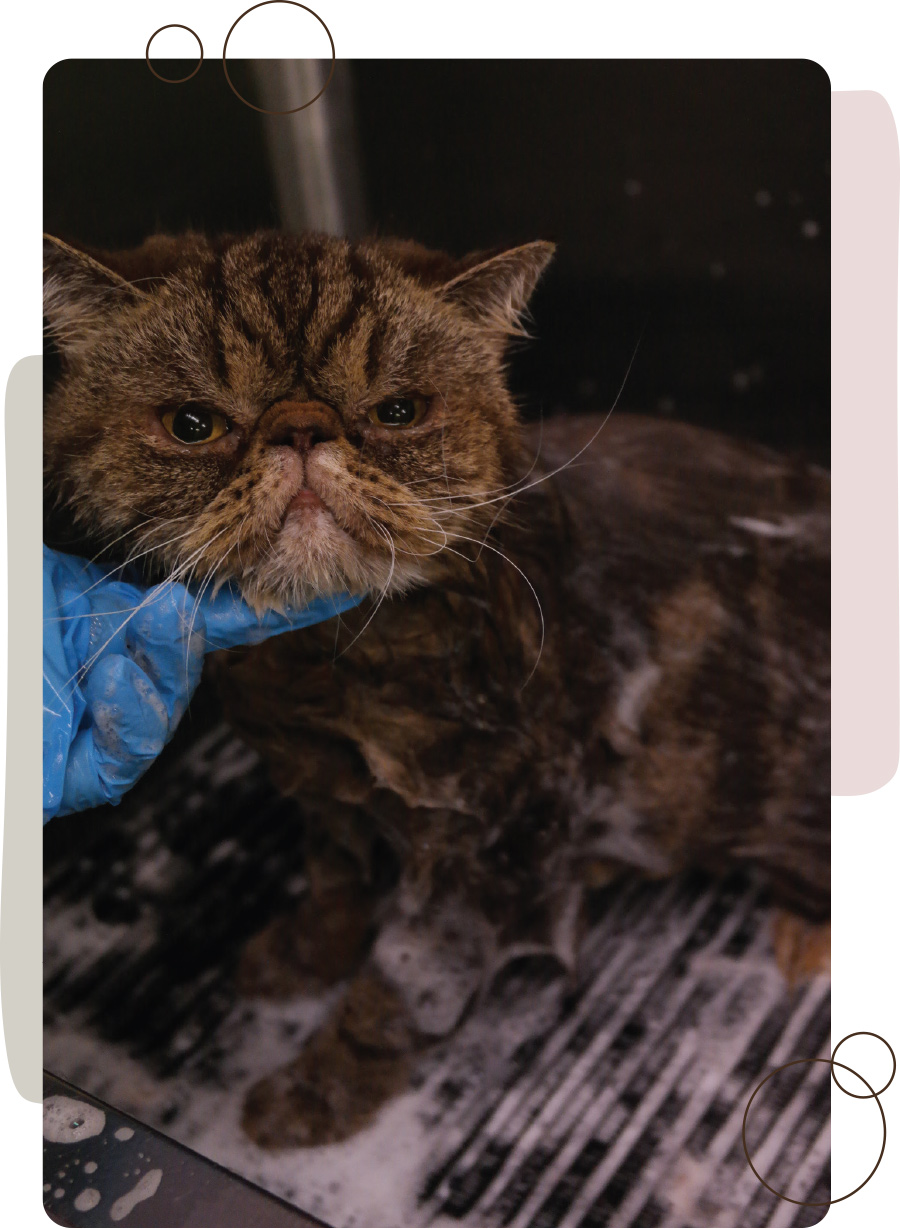
- How old is your cat? Don’t disregard this answer if they are unsure. Sometimes a cat will be a senior but the owner is unaware because it has not visited a vet. I recommend all senior cats visit a vet before their first groom to check for heart, lung and kidney disease, and to determine if they are medically fit enough for a groom.
- Does your cat have any underlying health issues? Sometimes they will not answer this question properly. It is good to name all possible health concerns that will affect a grooming cat and have them listed on your form so a client doesn’t “forget” an important health issue.
- Has your cat had any previous or existing injuries? The cat may have been hit by a car 10 years ago, but over time, this will increase the arthritis presence in that area, which can be extremely painful for the cat when it comes to grooming.
The senior feline usually presents with some level of arthritis, so they will come to your salon with more sebum (oils) in the coat, dead undercoat and dandruff than other adult cats due to pain during self-grooming certain areas. Some health conditions will also cause senior cats to secrete excessive sebum to protect the coat and will take many washes to remove. But we need to also remember that this sebum is a mixture of fatty acids and it has antimicrobial properties, so try not to shampoo the cat too many times.
Due to the potential of arthritis, we must adjust our grooming to keep them as comfortable as possible. The use of a thick yoga mat or padding such as a bed or your lap helps immensely.
Senior cats will also have an increased risk of heart disease. Grooming is stressful and puts pressure on the body, causing the heart to pump at a faster pace (tachycardia). This can lead to collapse and cardiac arrest (the heart stopping). It is good to know the location of where you can check the femoral pulse of a cat, which is inside the cat’s thigh in the groin area. Slight pressure with a finger will produce the rhythm. Cats have a higher heart rate, at 140-220 beats per minute, and under stress, this will be higher. The best thing we can do is keep stress to a minimum and for as little time as possible.


When a cat is stressed, they will produce a short-term elevation in blood glucose (mild hypoglycaemia). This can push a diabetic cat into shock. With cats that are diabetic, they must see a vet to discuss any options that may be best for them, which can include home grooming or sedation.
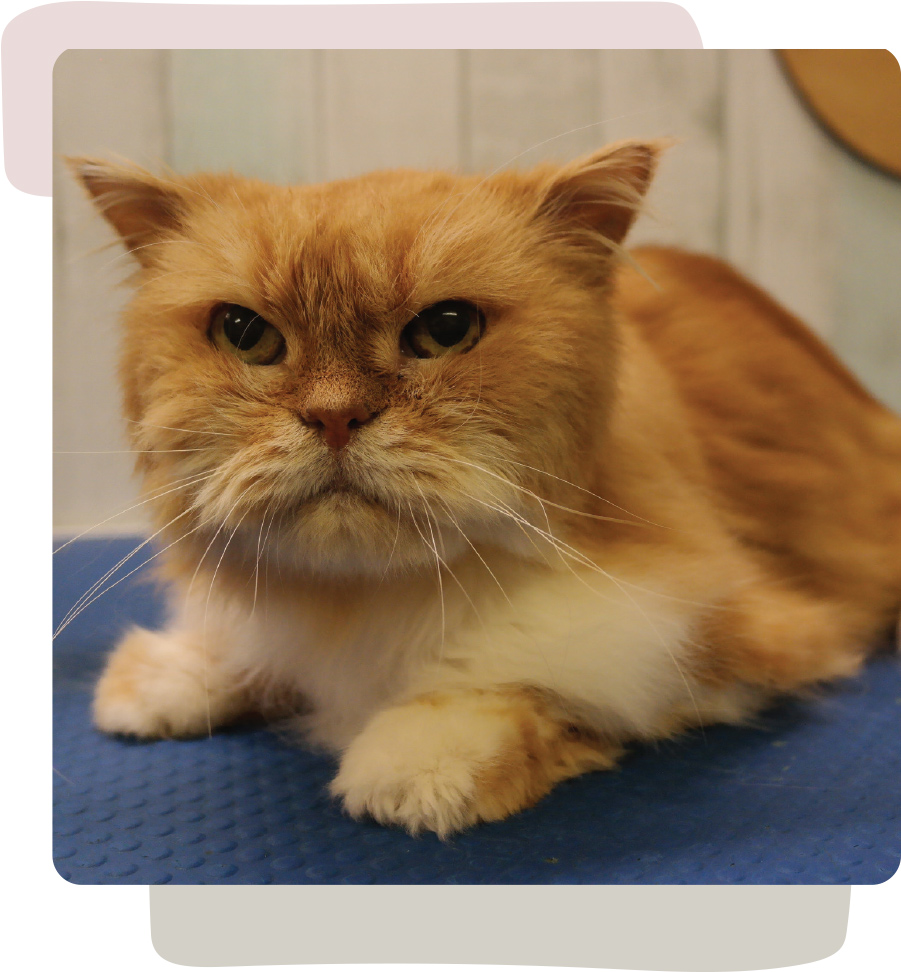
Dental disease is also very common in senior cats. You may be able to tell from the smell, or by lifting the lip. If the cat has an advanced stage of dental disease, there will be pain associated in the jaw area, so any grooming around this area may cause stress or lead to aggression. And a cat bite from a senior cat can potentially cause more damage given the increased bacteria from their mouths. If you see any signs of dental disease (red gums and tarter) and observe pain, let the owner know, as this would be stressful for the cat’s everyday life and not just grooming.
Embedded nails are seen regularly in senior cats in their first grooming session. They are less active, therefore are not removing the layers on their nails required to keep them from embedding into the pad. If a cat presents with this, it is in fact painful and they will get upset having it removed, so it is better to address this at the end of the groom to prevent stress and aggressive behaviors.
During a groom, a senior cat may show signs of stress such as hissing, vocalising, urinating or defecating. If this occurs, try to continue the groom in another session. If a cat has blood in their urine or feces, or starts coughing, they will need to see a vet right away.
Using methods such as lap grooming and lap drying can help keep the cat at a lower stress level. Choosing a regular bathing schedule (many senior cats love a warm bath and blow-dry) instead of a clip where you need to continuously stretch the skin and move the cat around into uncomfortable positions is a far kinder approach to grooming the senior.
After the groom, I also make sure the client keeps an eye out for signs of ill health. If a cat decides to not eat or drink after the groom, they will need to see a vet right away, as this can indicate signs of kidney failure. Contact the client that afternoon or the day after the groom to check up on the cat’s comfort and health. This not only reminds the client that their cat is a senior and that they need to observe their cat more closely, but it also shows that you care about the client and their pet.
Lexie Goldsmith is an International Certified Master Cat Groomer and Qualified former Veterinary Nurse that has been grooming cats for over 15 years. Lexie teaches her low-stress cat grooming techniques online worldwide at learncatgrooming.com.au and in person in her salon, Lexie’s Dog and Cat Grooming, in Perth, Western Australia.
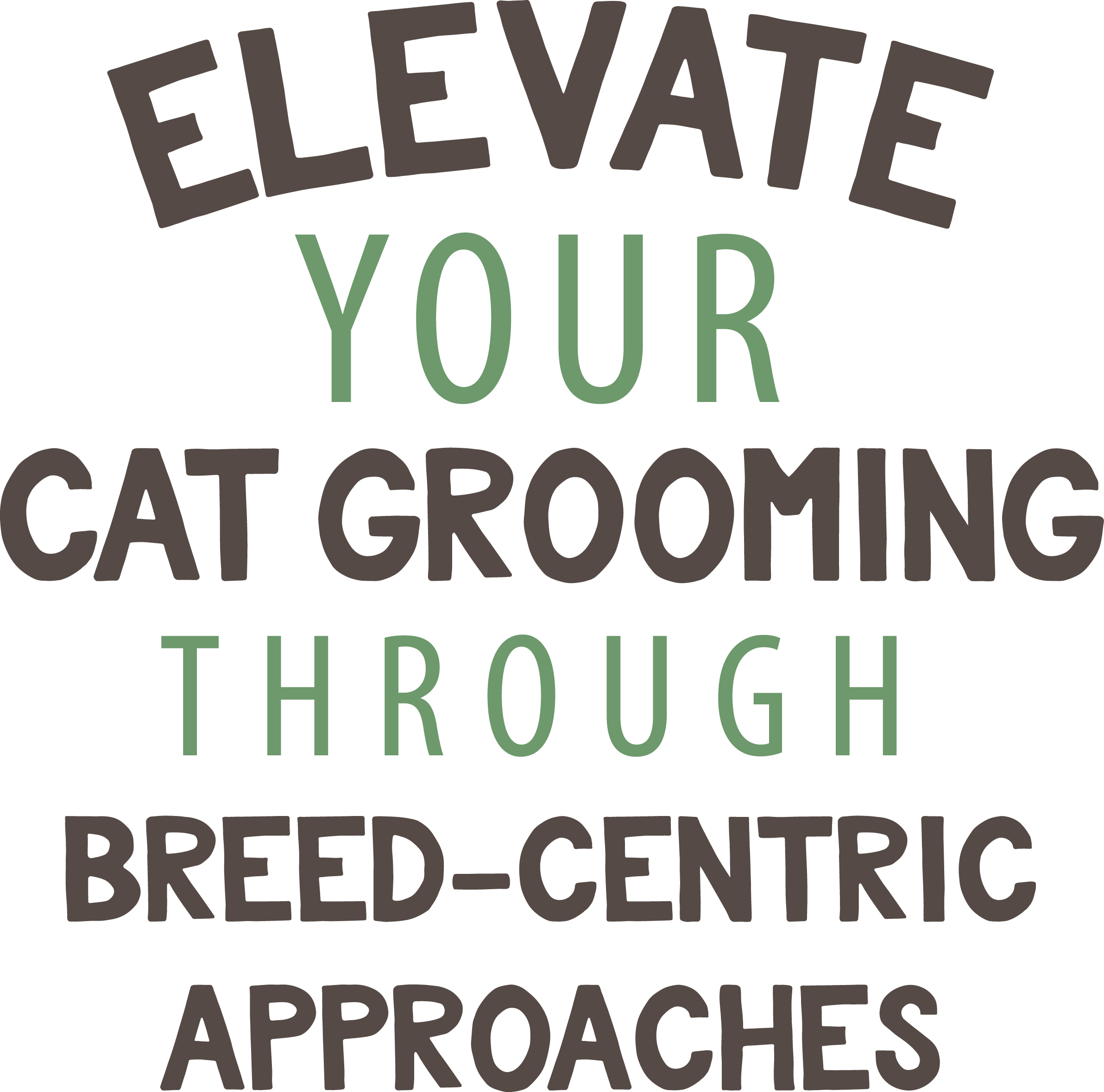
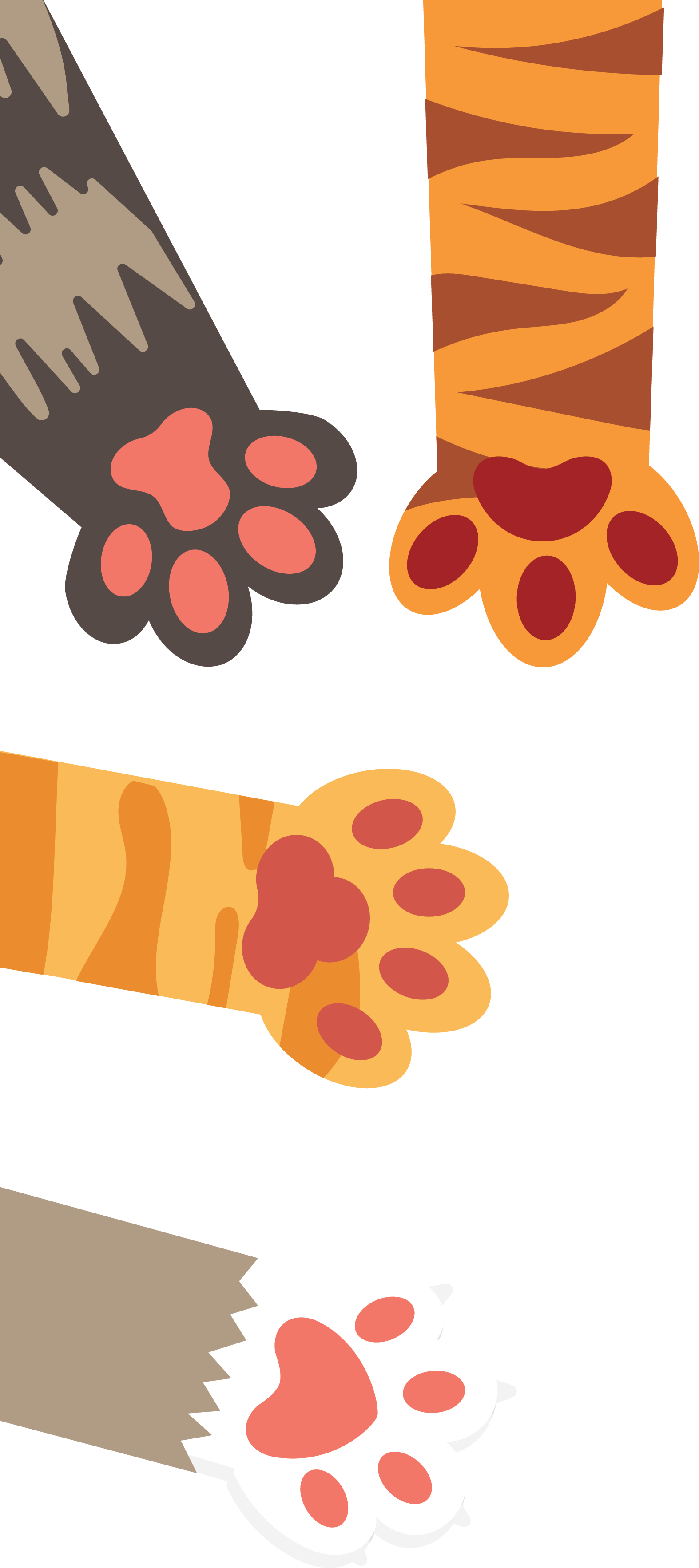

 hen it comes to the world of pet grooming, much attention is often directed towards dogs. Grooming techniques, products, and discussions largely revolve around the diverse breeds and patterns that canines possess. But what about our feline friends? Cats come in just as many varieties, each with their own unique needs and characteristics that warrant special attention.
hen it comes to the world of pet grooming, much attention is often directed towards dogs. Grooming techniques, products, and discussions largely revolve around the diverse breeds and patterns that canines possess. But what about our feline friends? Cats come in just as many varieties, each with their own unique needs and characteristics that warrant special attention.
While haircuts like the Lion Cut and other services like nail trims and nail caps may be similar across most cats, the foundation of each groom should focus on enhancing the natural beauty and features of each cat. Here we’ll cover some common cat breeds and the different grooming techniques that apply to each, as well as how they can be applied to the domestic shorthairs and longhairs likely filling your schedule.
In the show ring, it is common to see exhibitors carrying their Siamese cats in chamois cloths to keep the oils from their own hands off their cats’ coats so as to keep a clean, sleek look.
Note: While ideally this breed is kept in full coat, I have many Maine Coon cats in my grooming salon that are kept in more low-maintenance haircuts. When doing a Lion Cut or Comb Cut, I prefer to leave their tail full, as well as a fuller ruff and mane. This maintains the overall look their owners love while keeping their body shorter to prevent any problems.
Frequency can depend on how quickly their excess oils are visible, with many needing weekly baths to remove the buildup. A soft baby toothbrush or washcloth can provide a bit of gentle exfoliating around the nail beds and chin area for any blackheads, etc.
When assessing a cat as it arrives at the salon, take care to notice the feel of their coat. Is it soft and plush, silky and flat-lying, or more coarse and thick? Products, tools and techniques should then be chosen based on:
- Solving any coat problems the cat is currently experiencing (clumps, tangles, matting, etc.)
- If there are any similarities to specific breeds
- Improving on what the cat already has
An example of this might be selecting a color-enhancing shampoo that makes the striking markings of a shorthaired red tabby really stand out. Or taking care to blow-dry and comb with the growth of a flat-lying coat for a cat that resembles a Turkish Angora. Or perhaps leaving a fuller mane on a rescued cat the owner believes may be a Siberian or Maine Coon.
In the world of pet grooming, cats often play second fiddle to dogs. However, recognizing the importance of adapting grooming techniques can revolutionize the way we care for the cats in the grooming salon.
Each cat breed comes with its own set of grooming challenges and artistic opportunities. So whether it’s the Himalayan with a luxurious coat, the striking patterns of a Bengal or the domestic longhair that resembles a Ragdoll, tailoring your grooming techniques to suit these breeds will not only make your job easier, but will also contribute to the health and happiness of the cats you care for.
Just as dog groomers consider breed groups and coat types, feline groomers can elevate their craft by embracing the diversity of cat breeds and providing them with the grooming care they deserve.

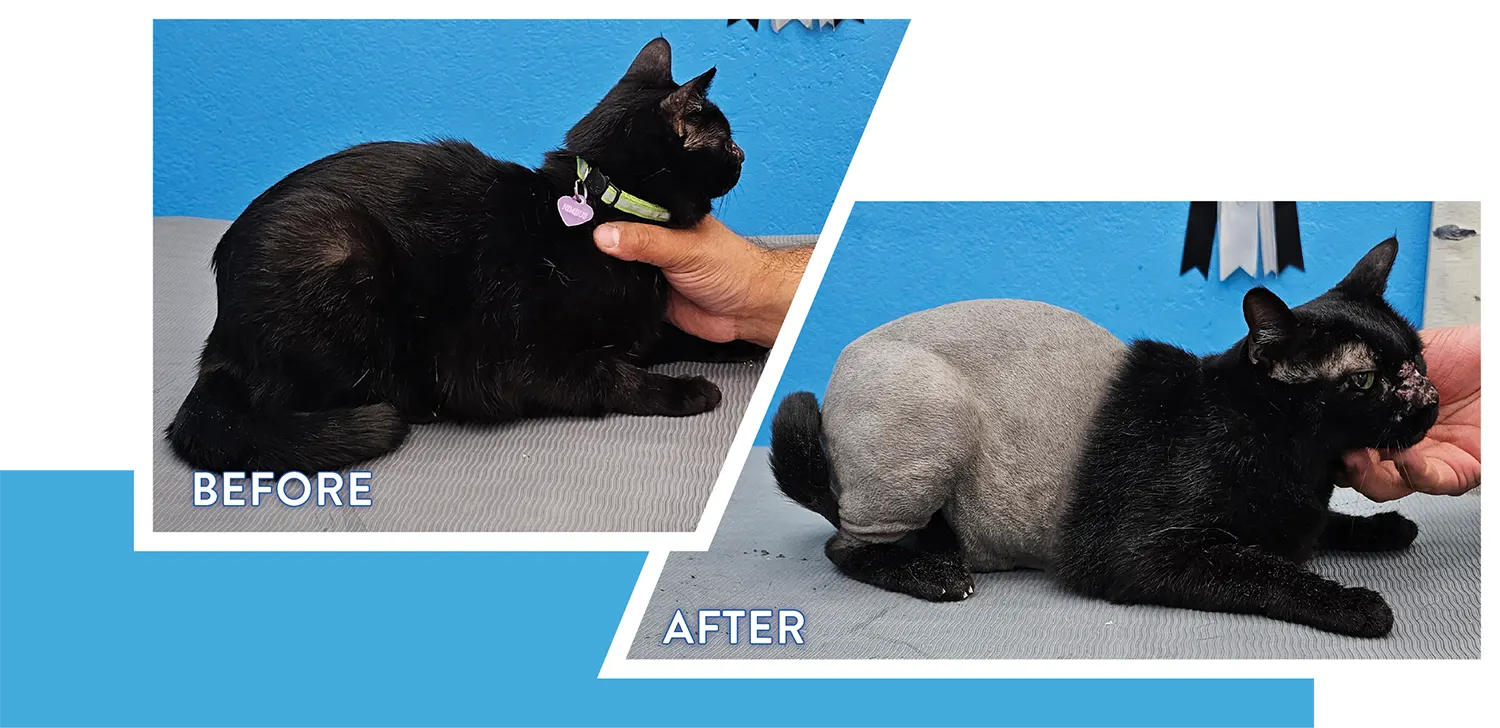
 at grooming is not for everyone. They have thinner skin, sharper teeth, longer nails, faster strikes and are seemingly unpredictable. This cat required its first shave due to a skin reaction which the owners wanted to make sure was not affecting places other than her muzzle.
at grooming is not for everyone. They have thinner skin, sharper teeth, longer nails, faster strikes and are seemingly unpredictable. This cat required its first shave due to a skin reaction which the owners wanted to make sure was not affecting places other than her muzzle.

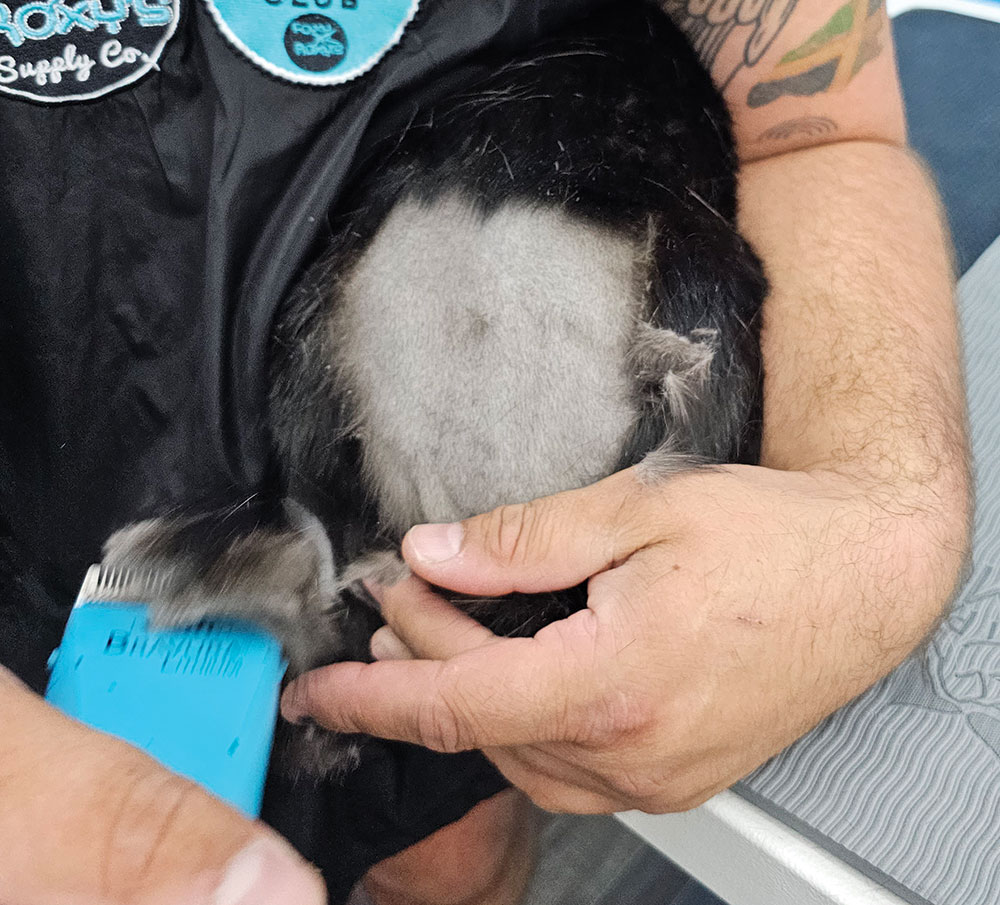
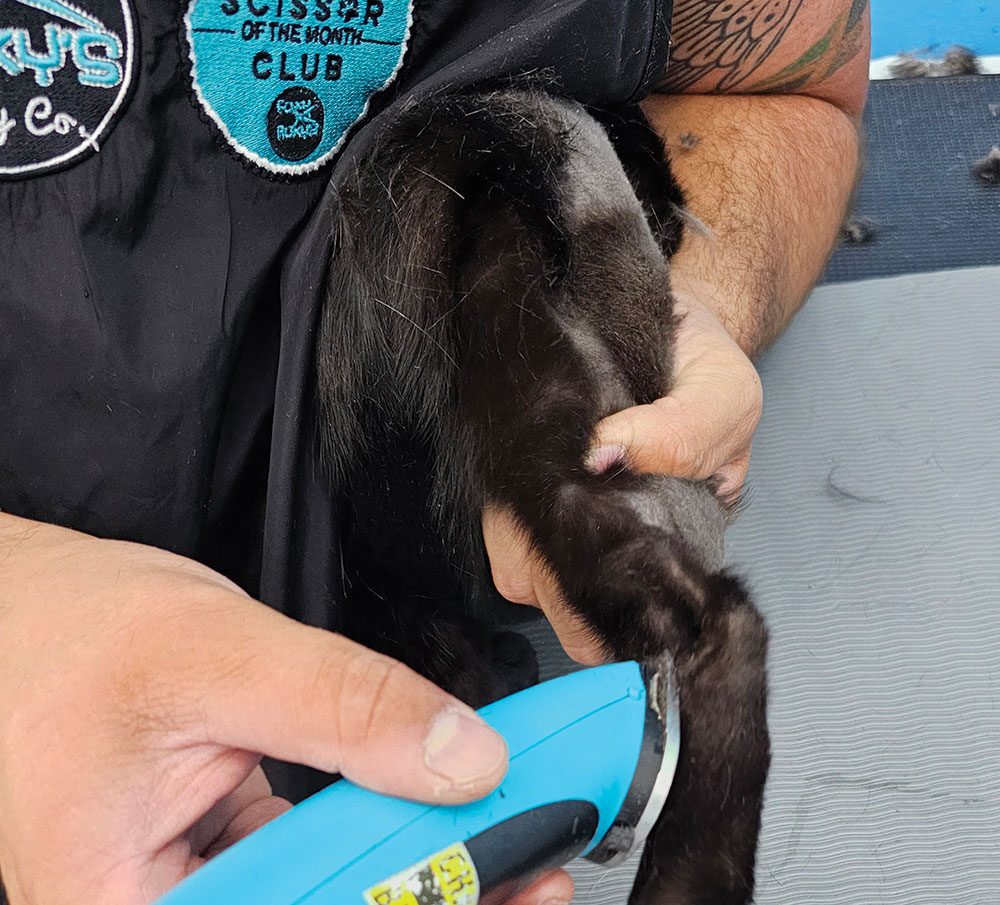
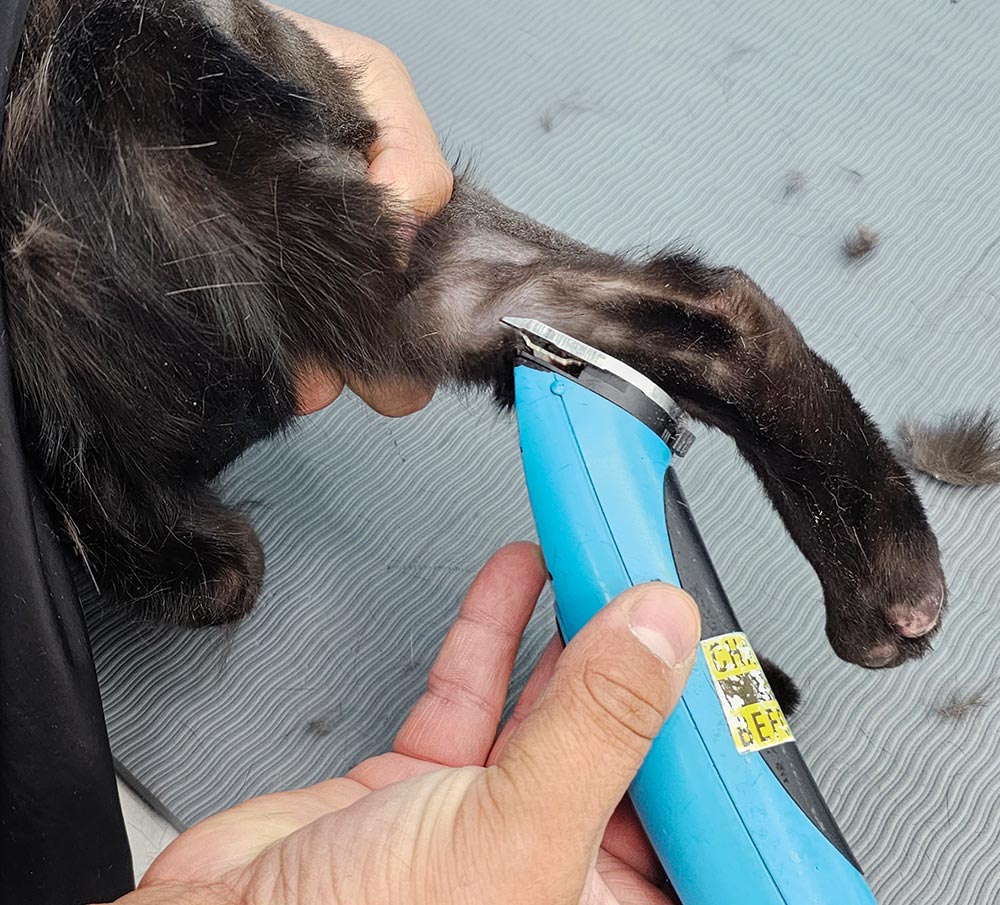

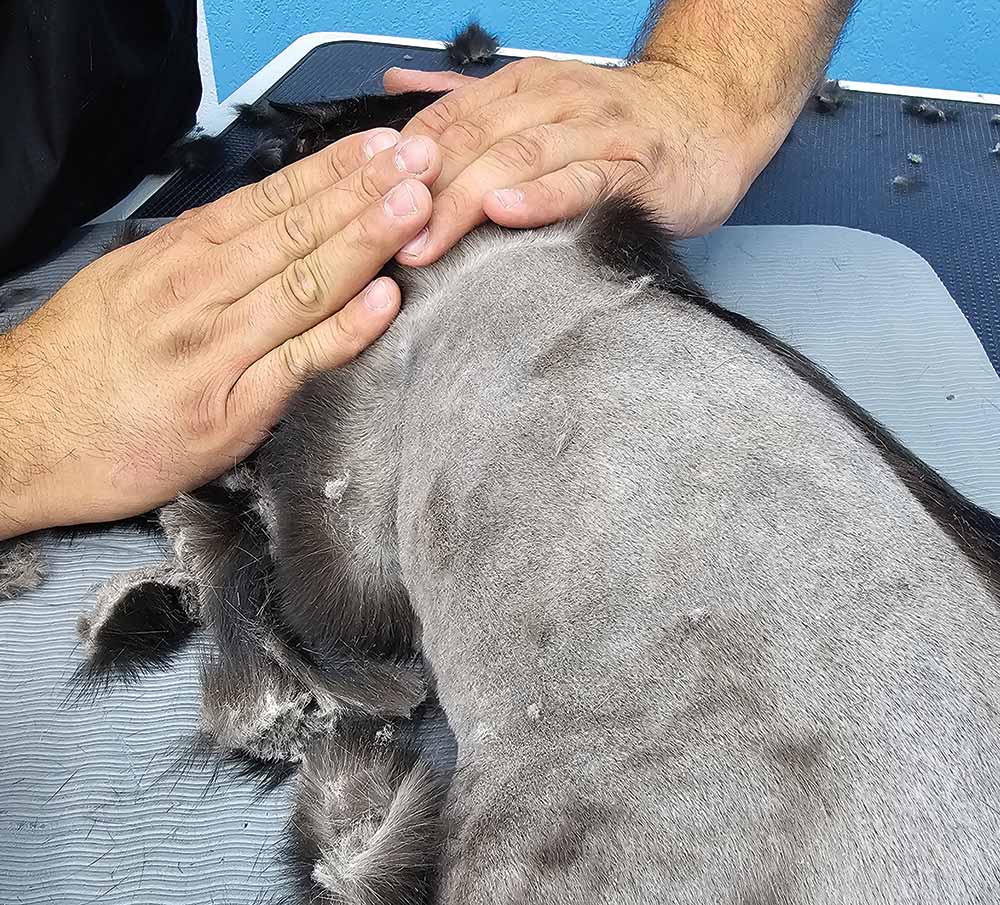
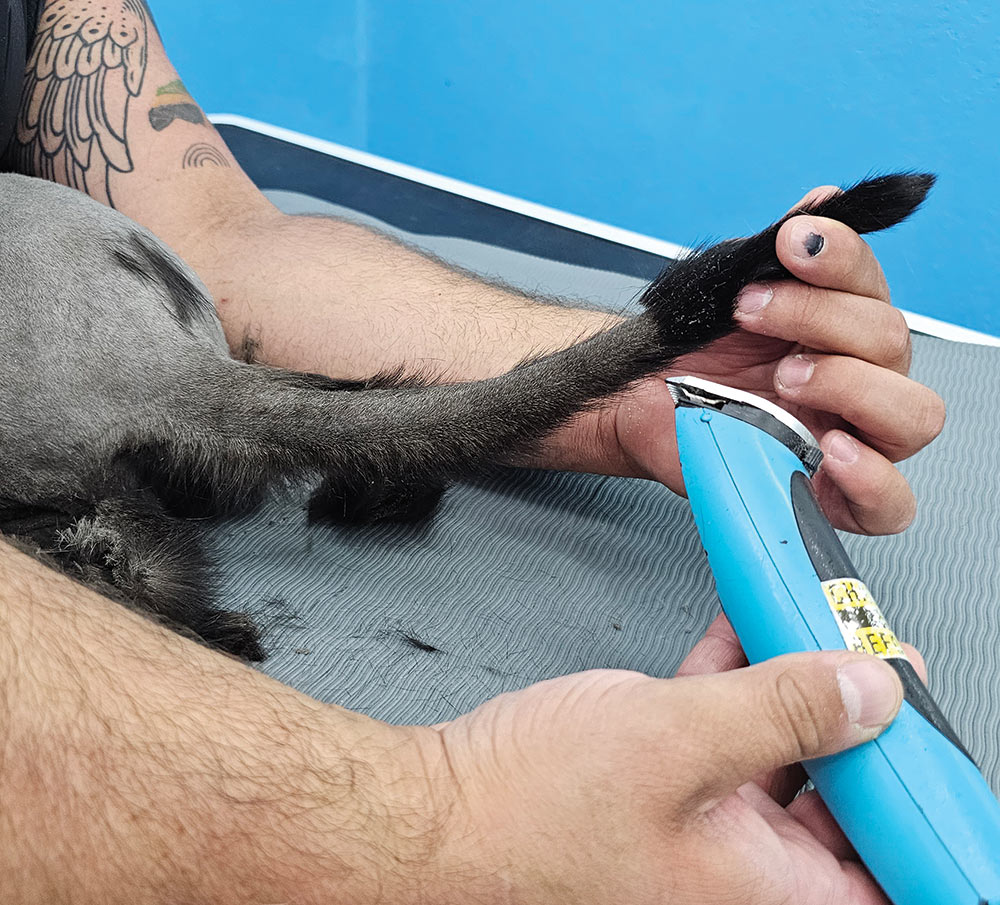

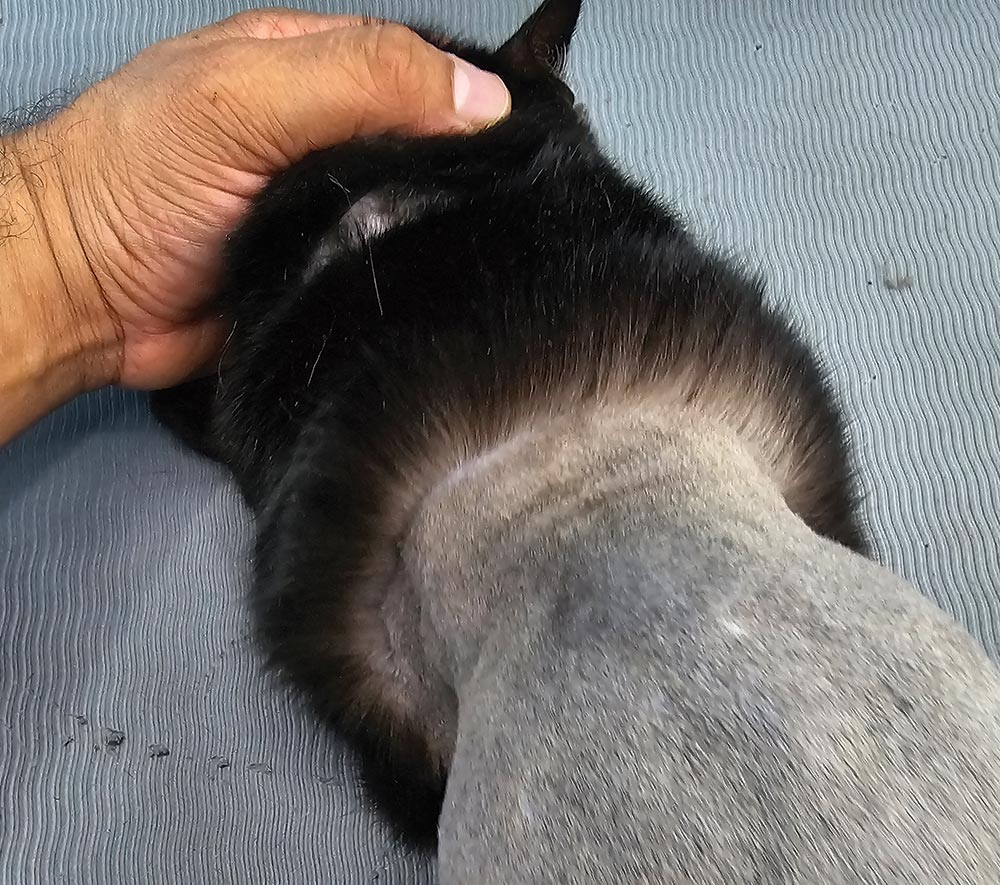


Photo by Anjie Coates
 aurice is a monthly Persian client who thoroughly enjoys his spa day.
aurice is a monthly Persian client who thoroughly enjoys his spa day. Maurice: “I’m ready for my spa day! Groom me,” as he leaps out of his carrier into a sploot on the table.
Maurice: “I’m ready for my spa day! Groom me,” as he leaps out of his carrier into a sploot on the table. “Nails first, then bath,” I say.
“Nails first, then bath,” I say. Maurice: “I just got them nice!”
Maurice: “I just got them nice!” “Yeah, and they’re nice and sharp, so your Mom wants them clipped,” I tell him.
“Yeah, and they’re nice and sharp, so your Mom wants them clipped,” I tell him. Maurice: “Fiiiine.”
Maurice: “Fiiiine.” I trim his nails without a fuss as my assistant Angie gets his bath water to the proper temperature.
I trim his nails without a fuss as my assistant Angie gets his bath water to the proper temperature.“OK, time to get you clean, buddy,” I say.
 We work through the bath while he stands on his back feet and looks at the bubble stickers on the wall.
We work through the bath while he stands on his back feet and looks at the bubble stickers on the wall.
 “Need to wash your face now. Lemme see those eye boogies,” I tell him.
“Need to wash your face now. Lemme see those eye boogies,” I tell him. Maurice tilts his head back at me and closes his eyes.
Maurice tilts his head back at me and closes his eyes. I use a soft microfiber cloth to wipe his face as he begins to purr.
I use a soft microfiber cloth to wipe his face as he begins to purr.“Nothing like a nice clean face. Huh, buddy?” I ask.
 Maurice head boops against my arm in agreement.
Maurice head boops against my arm in agreement. I rub his conditioner in and he melts into a joyful pile of fur at the bottom of the tub.
I rub his conditioner in and he melts into a joyful pile of fur at the bottom of the tub. When the timer goes off, he opens his eyes and looks somewhat annoyed he’s been awoken.
When the timer goes off, he opens his eyes and looks somewhat annoyed he’s been awoken. “OK, now for the rinse and you’re off to the table,” I tell him.
“OK, now for the rinse and you’re off to the table,” I tell him.After rinsing him and squeezing out the water, I wrap him in a heated towel.
 Maurice: “I love toweling,” as he peeks one eye out from under the towel.
Maurice: “I love toweling,” as he peeks one eye out from under the towel. “I know you do,” I say as I squeeze the water out and then put another dry heated towel on and put him on the table.
“I know you do,” I say as I squeeze the water out and then put another dry heated towel on and put him on the table.“OK, buddy, we have to put your hoodie on so we can dry you,” I tell him.
 Maurice: “I’m good in my towel.”
Maurice: “I’m good in my towel.” “I know, but I can’t really dry you under the towel. You can be on the towel,” I say as I put his hoodie on and fix his whiskers.
“I know, but I can’t really dry you under the towel. You can be on the towel,” I say as I put his hoodie on and fix his whiskers. Maurice: “OK, wake me when we’re done,” as he sighs and begins to nod off.
Maurice: “OK, wake me when we’re done,” as he sighs and begins to nod off.
 I dry his back end and then the rest of him while he slumbers peacefully.
I dry his back end and then the rest of him while he slumbers peacefully.“We need to dry your head, pal,” I tell him.
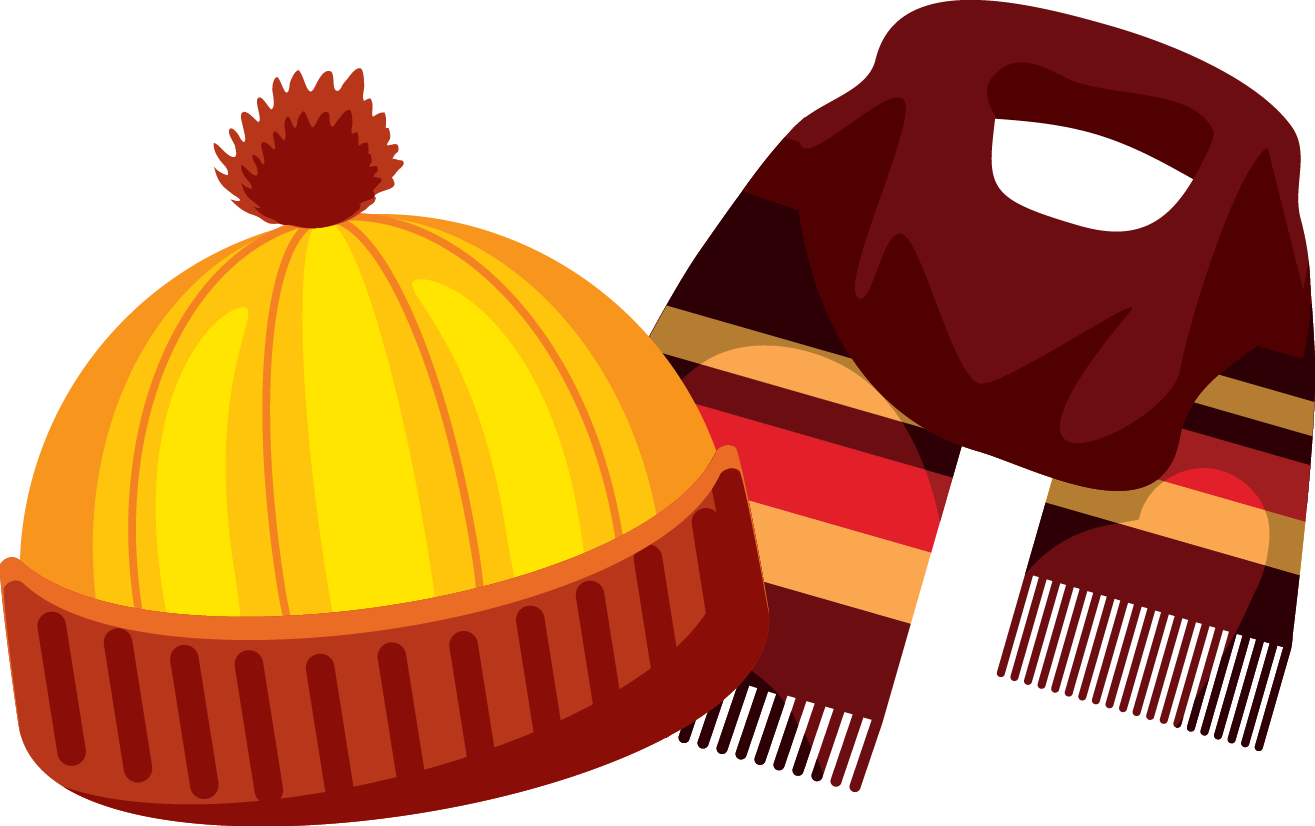
 Maurice: “I’m sleeping, do it later.”
Maurice: “I’m sleeping, do it later.” “No, we need to do it now. C’mon, gimme the hoodie so we can fluff your mane,” I say.
“No, we need to do it now. C’mon, gimme the hoodie so we can fluff your mane,” I say. Maurice sighs and lifts his head.
Maurice sighs and lifts his head. I dry his head and face and then gently place his head back on his front feet.
I dry his head and face and then gently place his head back on his front feet. Maurice: “Hey! You were holding. Want more holding.”
Maurice: “Hey! You were holding. Want more holding.” “Angie is going to rub your head while I comb you out,” I tell him.
“Angie is going to rub your head while I comb you out,” I tell him. Maurice: “Get the belly,” as he stretches out to his full length so I can comb his belly.
Maurice: “Get the belly,” as he stretches out to his full length so I can comb his belly. “I always do, buddy,” I say.
“I always do, buddy,” I say. Maurice flips upside down and goes back to sleep.
Maurice flips upside down and goes back to sleep. I finish grooming him and he sleeps through the entire process.
I finish grooming him and he sleeps through the entire process.“Hey, buddy, you’re all done!” I tell him.
 Maurice: “Pictures?”
Maurice: “Pictures?”
 “Of course!” I reply.
“Of course!” I reply. Maurice: “Oh, good. Carry me!”
Maurice: “Oh, good. Carry me!” I carry him to the picture room and put him on the platform.
I carry him to the picture room and put him on the platform.“Want to be a scarecrow?” I ask.
 Maurice: “Yeah, OK.”
Maurice: “Yeah, OK.” “You’re the most handsome scarecrow ever,” I tell him as I take his picture.
“You’re the most handsome scarecrow ever,” I tell him as I take his picture. Maurice: “I know. Now hold me.”
Maurice: “I know. Now hold me.” And I reply,
And I reply,



 he Barkleigh Pet Pro Cruises are an amazing asset to the grooming community with a goal to create a casual vacation environment where attendees can learn from industry leaders and foster real and meaningful connections with one another—and they’ve been going on for 30 years!
he Barkleigh Pet Pro Cruises are an amazing asset to the grooming community with a goal to create a casual vacation environment where attendees can learn from industry leaders and foster real and meaningful connections with one another—and they’ve been going on for 30 years!
The setup for the cruises is very simple for attendees to navigate. Typically there are three days at sea, plus the destinations or ports in between. All education is scheduled for days at sea to give everyone the opportunity to enjoy the ports and sightseeing. There is generally about eight hours of education, and with the small group size and intimate environment, attendees feel more comfortable speaking up and asking questions. After seminars commence in the morning, attendees are then free to do whatever they would like on the boat.
There are also “non-formal” events to help get everyone together in a less structured environment—including the Welcome Cocktail Party. This event provided an opportunity for attendees to formally introduce themselves and get to know a little of each other’s backgrounds.

I had the pleasure of interviewing a few of the attendees during the cruise, and I was blown away by the feedback I received. Kim Ferrell and Ronni Ribar, owners of Lush Pet Spa in Jacksonville, NC, decided to bring their nine-person staff on this cruise. They believe that continuing education and team morale are crucial for running their business to the high standards they have set.

Kayla Mae, owner of Pretty Paws Pet Spa in Wisconsin, was a returning guest after attending this year’s January Pet Pro Cruise. Her story about her 84-year-old grandfather, who was able to attend the cruise with her in September, tugged at my heartstrings. He was hit with some health issues that caused him to go nearly blind, and it was always his wish to go on a cruise. So, Kayla jumped at the opportunity go on the Bermuda cruise to make sure this happened for him. When she wasn’t attending the seminars, she was taking her grandfather around the island, making sure he ate all the lobster he wanted and got the opportunity to learn more about their family history.
On the last day of the cruise, Kayla signed up for the January 2024 Barkleigh Pet Pro Cruise. She says she loves connecting with other groomers and being able to “check out” for a few days. She gets to balance “work and play” on the cruise all while sharing travel with her family.
Another cruiser, Jessica Fox-Barnes, is just starting her grooming career after only two years in the industry. She works in Johnstown, Ohio, a small rural community around the Columbus area, for an owner that hasn’t always been a part of the pet industry. Even though the business’s owner isn’t a groomer, she fully supports continuing education.
Jessica attended every extracurricular event we offered and was such a delight to have in the seminars. She says she got the most out of the sit-down talks, interactions with other groomers and the personal attention this learning platform offers. She encourages anyone who is on the fence about signing up for a future cruise to “just do it!”
These cruises are a wonderful part of the grooming industry because they not only provide the top-notch education that Barkleigh is known for, but also offer a unique travel experience and the chance to make new friends who all share the same passion—pet grooming!
If you are interested in joining us for a future cruise, you can visit Barkleigh.com and click on “Pet Pro Cruise” under the “Shows” tab, or follow the “Barkleigh Pet Pro Cruise” Facebook page for announcements of upcoming cruises. See you on the boat!

 e all have our favorite clients that come in on a regular basis; the ones that want the haircuts you want to give; the ones that show up like clockwork. But what if your book was full of clients just like these? The key is figuring out what types of dogs you absolutely love grooming and invest in becoming the best at it. In turn, you’ll gain clients that will seek out and respect your work. Read on for three tips to help you confidently book and keep clients you love.
e all have our favorite clients that come in on a regular basis; the ones that want the haircuts you want to give; the ones that show up like clockwork. But what if your book was full of clients just like these? The key is figuring out what types of dogs you absolutely love grooming and invest in becoming the best at it. In turn, you’ll gain clients that will seek out and respect your work. Read on for three tips to help you confidently book and keep clients you love.
To avoid clients that aren’t going to work with your specialty plan, keep an eye out for new or recurring bookings that stray away from what you want the majority of your ideal clientele to ask for. Want to specialize in small dogs? Don’t take a new large dog client. Are doodles your thing? Don’t take on a family of yorkies. Once-a-year dogs not your cup of tea? Don’t accept shave-downs. Want to do more breed standards or Asian Fusion? Start showcasing that. Hone in on what you want to groom and you’ll attract more of it.


Policies can be a great tool to refer to when you’re dreaming of your ideal client. Your ideal clients will still need a little structure simply because pet grooming can be so complex, but they are typically easy to communicate with and will appreciate healthy boundaries and professionalism.

Ultimately the key is personalizing what grooming style makes you most satisfied and, in turn, making your dream clients satisfied. Stellar service, communication and honesty will create raving fans that keep coming back. Our industry is booming and there’s no reason to not do what you love!
